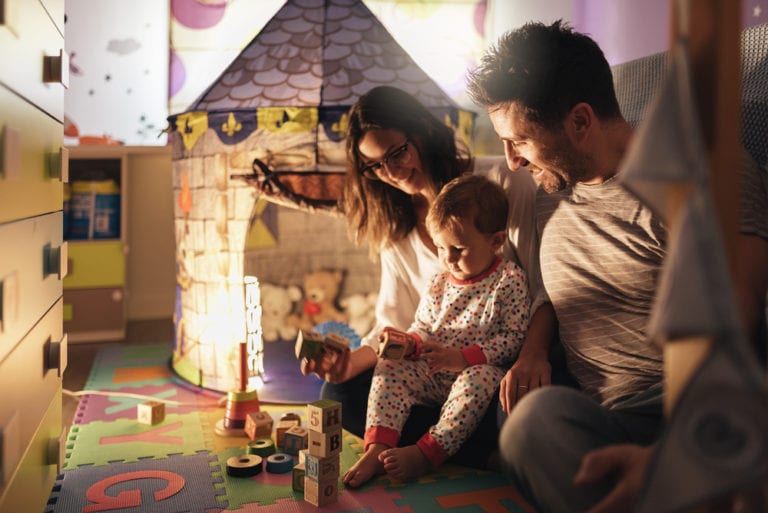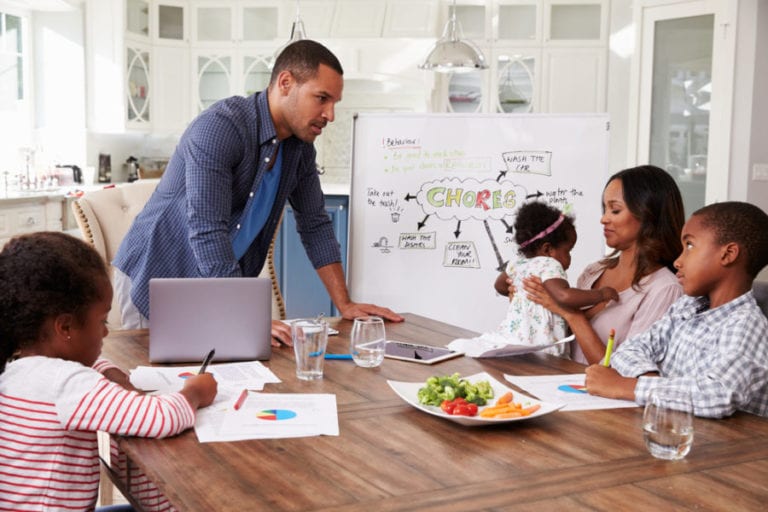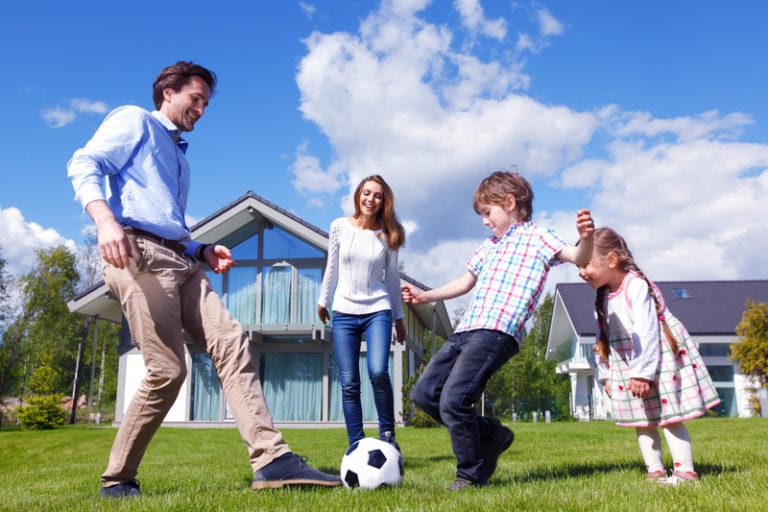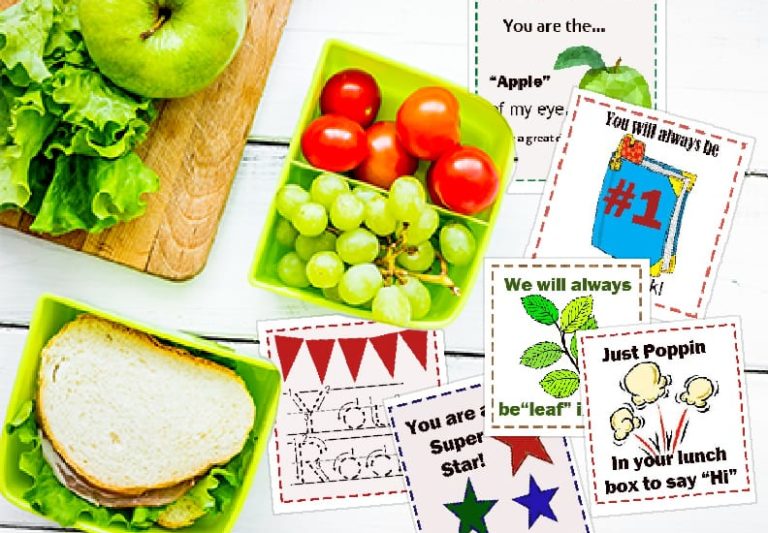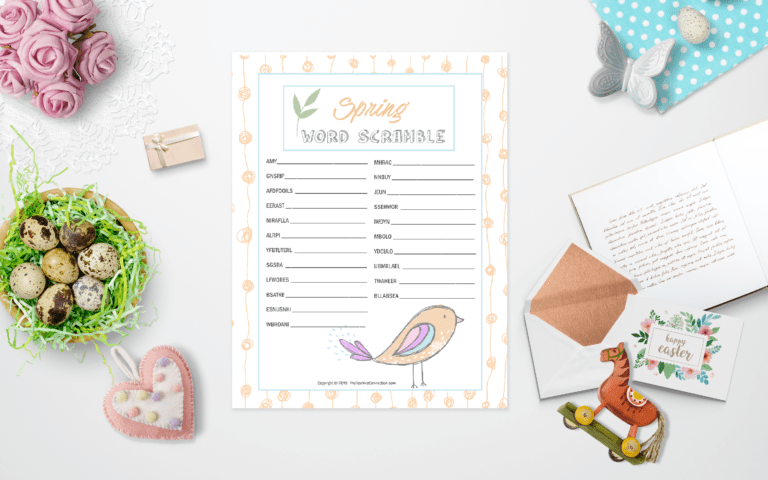75 Fun Indoor Activities for Kids at Home in 2025
Disclosure: This post may contain affiliate links, meaning I may get a small commission if you decide to make a purchase through my links, at no cost to you.
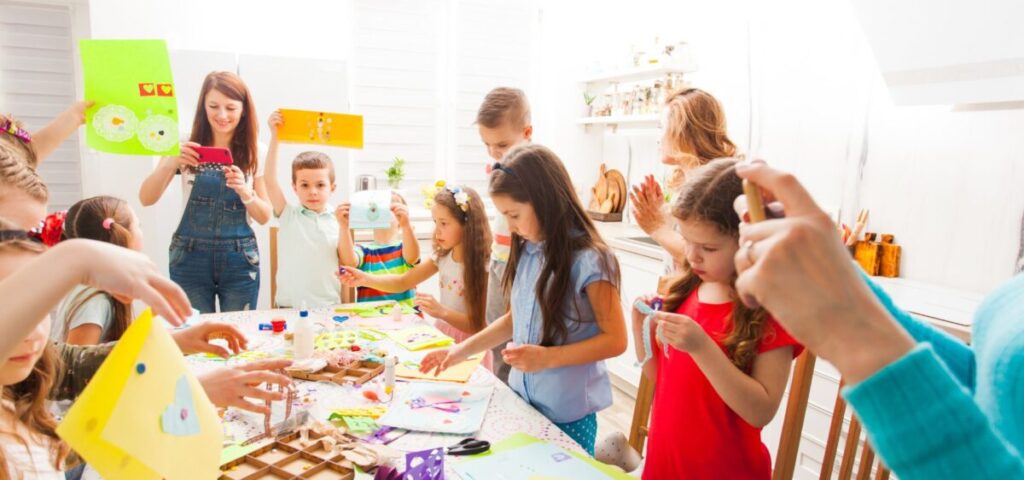
Introduction Fun Indoor Activities for Kids at Home
Hey parents and guardians! Are you looking for ways to keep your little ones entertained without resorting to endless screen time? You’re in luck! Did you know that kids who engage in creative kids games, and fun indoor activities for kids at home, show improved creativity, problem-solving skills, and overall happiness? Check out more fun stuff to do with kids at home
In this article, we’ll explore 75 fun indoor activities for kids at home that’ll turn those dreary days into exciting adventures. From craft projects that’ll unleash their inner artist to educational games that’ll spark their curiosity, we’ve got something for every child. Let’s dive in and banish boredom for good!
Craft Corner: Creative DIY Projects for Kids
Alright, let’s dive into the world of crafts! As a mom of four, I’ve learned that creative projects are like a magical potion for boredom. They’ve saved my sanity more times than I can count during those long summer breaks or rainy weekends. Let’s check out some fun kid activities for home in this DIY craft section.
1. Make colorful slime with household ingredients
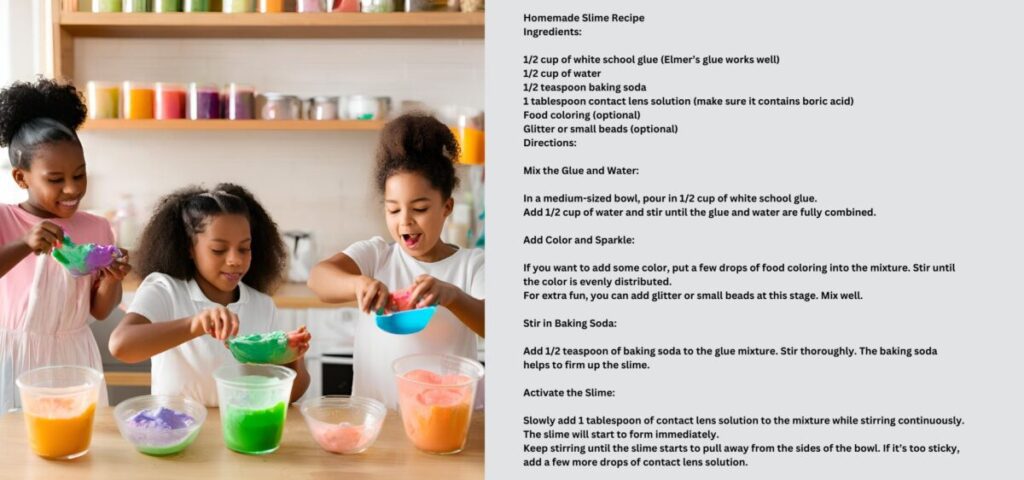
Let me tell you about the time I first tried making colorful slime with my kiddos. Oh boy, what a messy adventure that was! I remember thinking, “How hard can this be?”
Well, turns out, pretty darn hard when you’ve got a 5-year-old who thinks more glue equals more fun. We ended up with a gooey disaster that somehow found its way onto the ceiling. Yeah, don’t ask me how that happened!
But you know what? After a few tries (and a lot of cleaning), we got the hang of it. Here’s a pro tip: use clear glue for the best results. And please, for the love of your sanity, cover everything in sight with old newspapers.
2. Create a cardboard box castle or fort
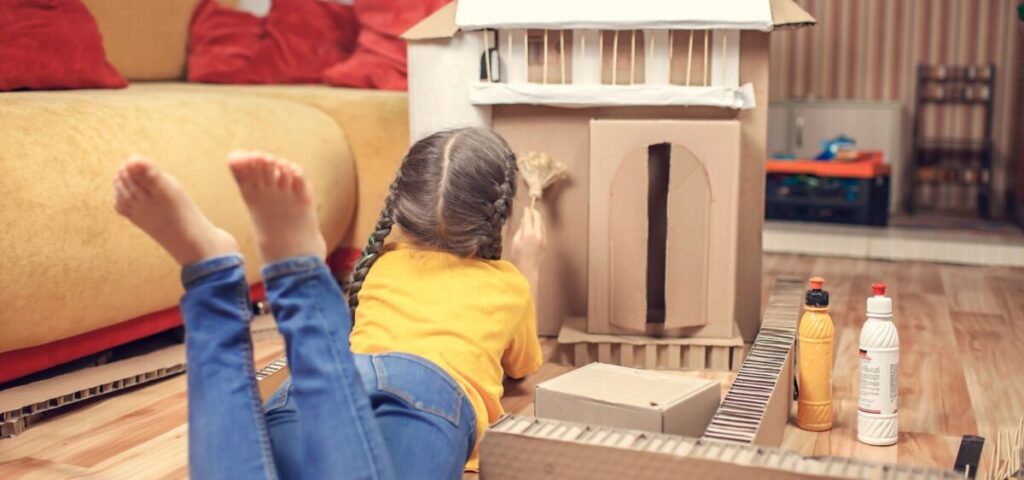
Now, let’s talk about cardboard box castles. These bad boys are the ultimate in upcycling magic. I mean, who knew those Amazon boxes could turn into hours of entertainment? Your kids may just spend an entire weekend turning your living room into a medieval fortress. It will be like stepping into a time machine.
The key to a successful cardboard castle? Duct tape. Lots and lots of duct tape. Oh, and don’t forget to cut out some windows. I learned that the hard way when my youngest got a bit claustrophobic in our first attempt at a “secure” fortress.
According to a study by the American Academy of Pediatrics, creative play like this can boost cognitive development in children. So, not only are we having fun, we’re also helping those little brains grow!
3. Design and paint rock pets
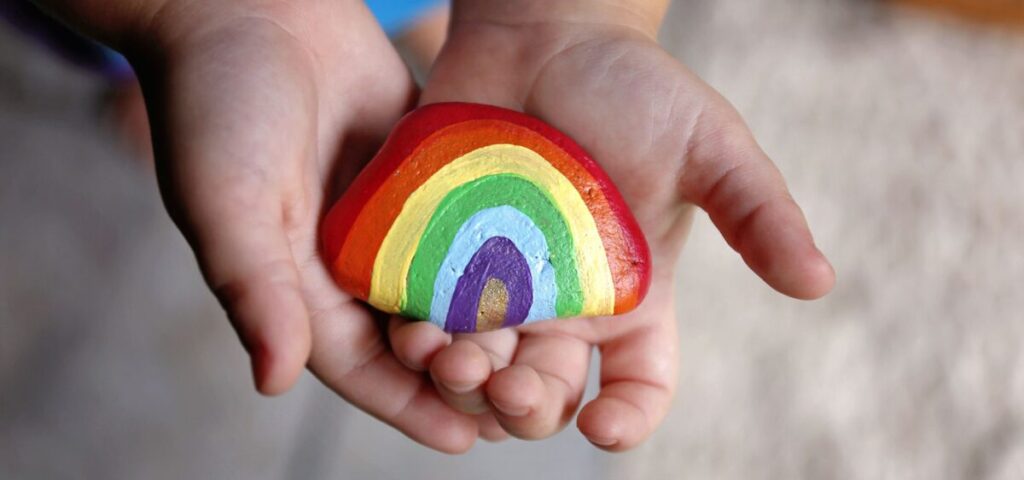
Rock pets are another favorite in our household. We’ve got a whole zoo of these little critters lining our windowsills.
Pro tip: acrylic paint works best, and a layer of clear nail polish can make them nice and shiny. Just be prepared for some… interesting… animal designs. My son once created what he called a “unicorn-dinosaur-puppy.” It was, uh, unique to say the least.
4. Craft paper plate animals
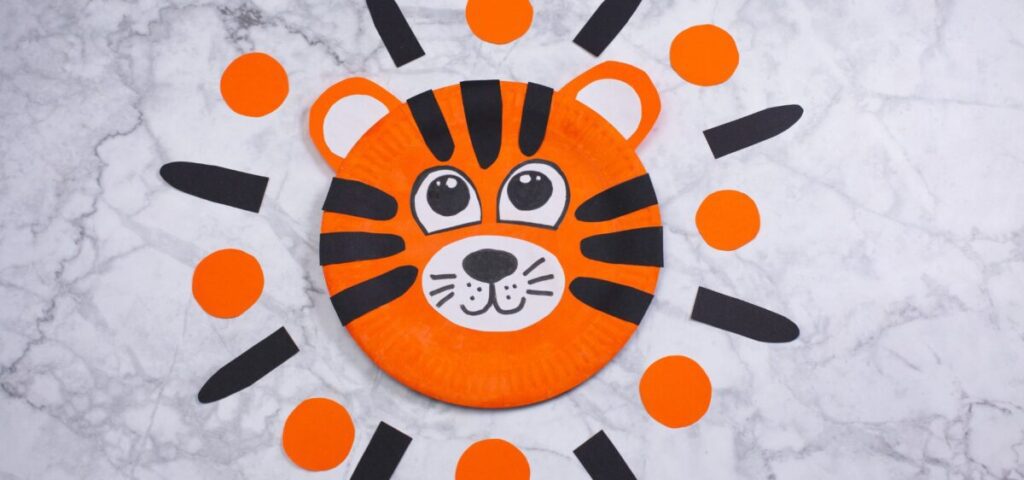
Paper plate animals are a classic for a reason. They’re cheap, easy, and oh-so-adorable. We’ve made everything from lions with yarn manes to rabbits with cotton ball tails.
Fair warning though, you might end up with a house full of paper plate critters. We had to institute a one-in-one-out policy after our paper plate zoo threatened to take over the house!
5. Create a DIY dream catcher
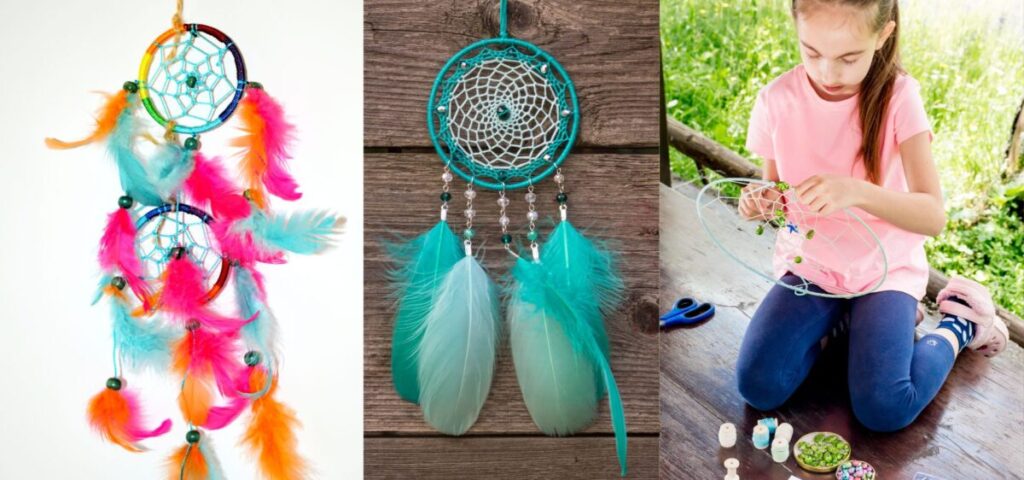
Creating DIY dream catchers has become a favorite in our house. When we first tried this, I thought, “How hard can it be to wrap some string around a hoop?”
Well, let me tell you, underestimating the patience required for this craft was my first mistake. Our initial attempts looked less like dream catchers and more like tangled spider webs after a windstorm.
We’ve used everything from embroidery hoops to bent wire hangers for the base, and decorated them with feathers, beads, and even small toys.
Pro tip: if you’re working with younger kids, pre-thread the hoop for them. It saves a lot of frustration (and prevents you from having to untangle a hopeless knot of string for the umpteenth time).
Kitchen Adventures: Fun Cooking Activities for Kids
Alright, buckle up, buttercup! We’re about to embark on a culinary journey that’ll turn your kitchen into a kid-friendly Food Network studio. As a mom who’s survived countless cooking escapades with four little sous chefs, I’ve got some tales to tell and tips to share.
6. Baking and decorating cookies
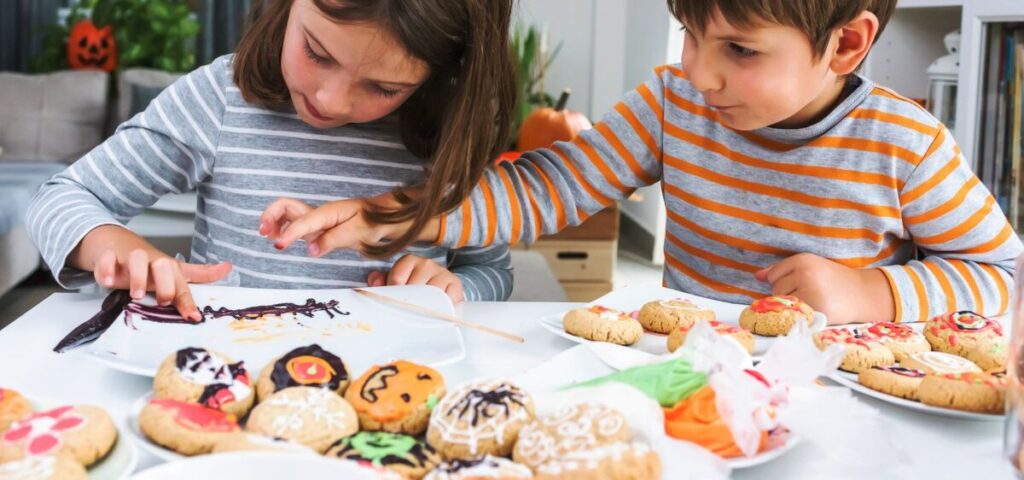
Let’s kick things off with the classic: baking and decorating cookies. Sounds simple, right? Ha! The first time we attempted this, it looked like a flour bomb had gone off in my kitchen.
There was more dough on the floor than on the baking sheet, and don’t even get me started on the icing situation. But you know what? Those misshapen, over-decorated cookies tasted like pure joy.
Here’s a nugget of wisdom I’ve picked up along the way: pre-measure ingredients for little hands. It saves time, reduces mess, and hey, it’s a sneaky way to work in some math lessons. Win-win!
7. Make homemade pizza with fun toppings
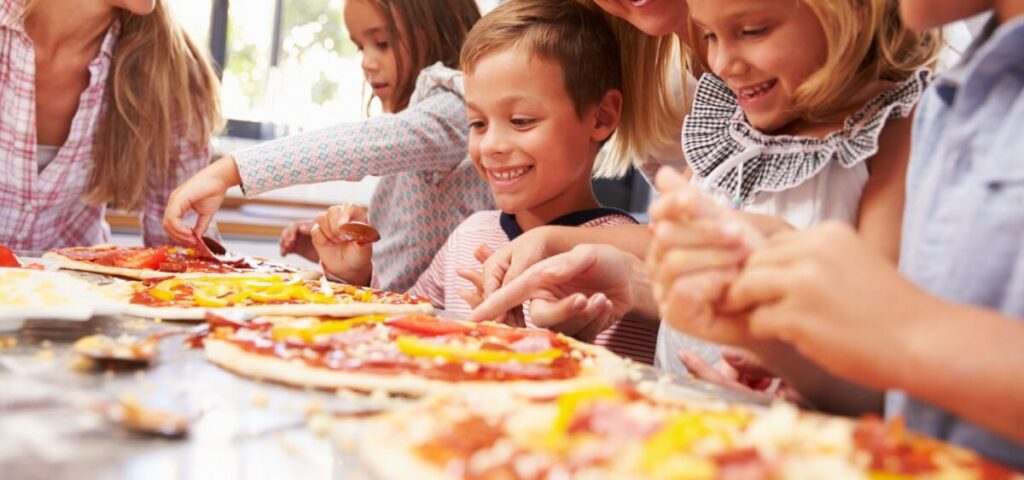
Now, let’s talk pizza. Making homemade pizza is like hosting your own little Italy right in your kitchen. The first time we tried this, my oldest decided that gummy bears would make an excellent topping. Spoiler alert: they don’t. But that’s the beauty of homemade pizza – you can experiment!
Pro tip: invest in a pizza stone. It makes a world of difference in getting that crispy crust. And don’t forget to dust it with cornmeal to prevent sticking. Trust me, trying to scrape a stuck pizza off a stone is not how you want to spend your evening.
8. Create fruit kebabs with various shapes
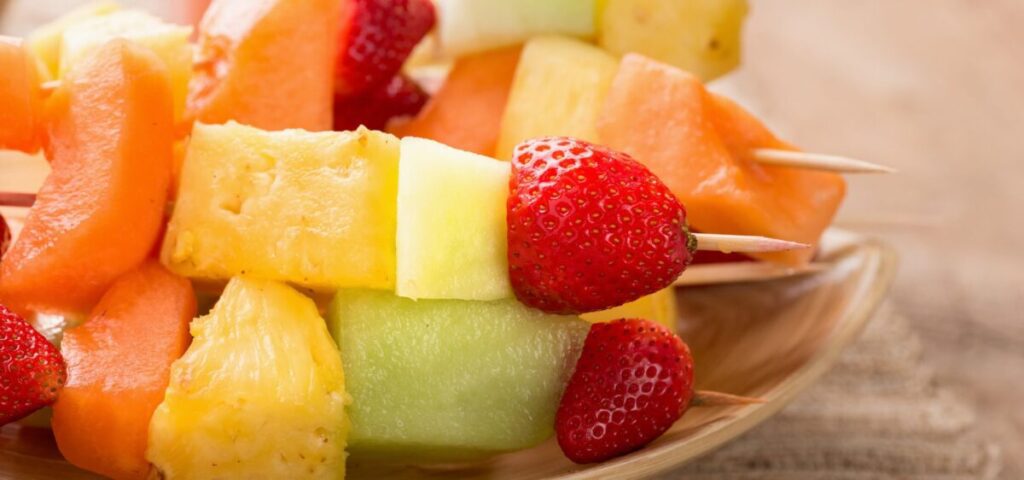
Fruit kebabs are next on our list, and let me tell you, they’re a game-changer. Not only are they fun to make, but they’re also a sneaky way to get kids excited about eating fruit. We like to turn it into a pattern-making game. Who knew math could be so delicious?
Just a word of caution: if you’re working with younger kids, consider using plastic skewers. I learned this the hard way after a particularly enthusiastic kebab-making session ended with a trip to the band-aid box.
9. Prepare no-bake energy balls
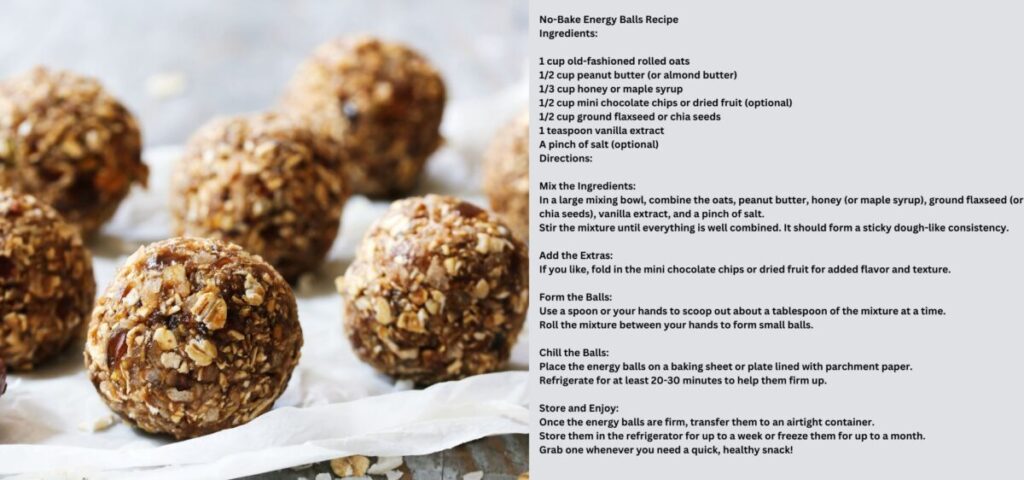
Now, let’s chat about no-bake energy balls. These little nuggets of goodness are a lifesaver on busy days. Plus, they’re so easy to make that even my youngest can help. We like to call them “power balls” in our house – it makes the kids feel like superheroes when they eat them.
The best part? You can customize them to your heart’s content. Chocolate chips, dried fruit, nuts – the sky’s the limit. Just remember to taste as you go. We once added a bit too much honey and ended up with balls that were more suitable for a game of catch than for eating!
10. Whip up a batch of homemade playdough
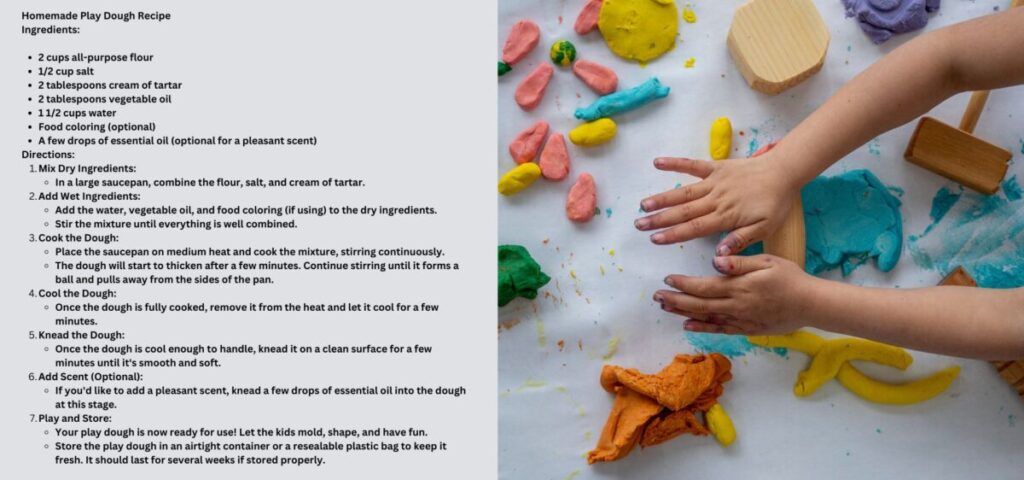
Last but not least, let’s talk about homemade playdough. This is one of those activities that’s as fun to make as it is to play with. The first time we made it, I felt like a mad scientist, mixing and stirring until – voila! – we had our very own rainbow of dough.
Here’s a tip: add a few drops of essential oil to make it smell amazing. We once used peppermint oil, and our whole house smelled like a candy cane factory for days. Not gonna lie, it was pretty awesome.
According to the Journal of Nutrition Education and Behavior, involving kids in cooking activities can lead to healthier eating habits later in life. So not only are we having fun, we’re also setting them up for a healthier future. How’s that for a cherry on top?
Remember, the kitchen is a place for creativity, laughter, and yes, a little bit of mess. Don’t stress about perfection – the memories you’re making are worth way more than a spotless counter. So grab those aprons, roll up those sleeves, and let’s get cooking!
STEM Exploration: Science and Math Fun
Alright, science enthusiasts and math mavens, it’s time to put on our lab coats and dive into the wonderful world of STEM! As a mom who’s turned her kitchen into a makeshift laboratory more times than I can count, I’ve got some electrifying experiments and mind-bending math activities to share.
11. Build a simple volcano and make it erupt
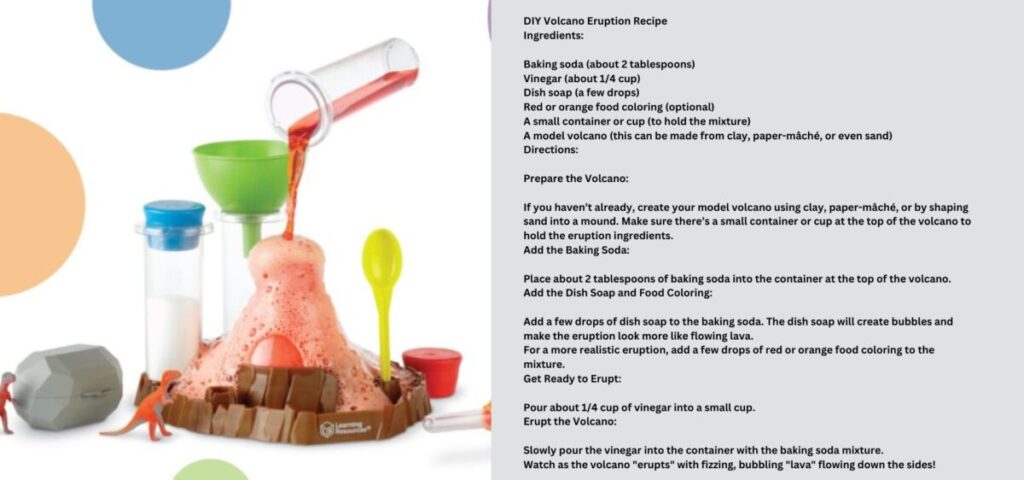
Let’s kick things off with the classic volcano experiment. The first time we attempted this, I thought, “How hard can it be?” Well, let me tell you, underestimating the power of baking soda and vinegar is a rookie mistake. Check out this Volcano Kit to try out.
Our “small” eruption turned into a full-blown lava flow across the kitchen table. Pro tip: Always, and I mean always, put your volcano in a large tray or basin. Your floors will thank you.
But boy, oh boy, the looks on my kids’ faces when that volcano erupted? Priceless. It’s like we’d summoned the very forces of nature right there in our kitchen.
According to National Geographic, volcanoes can shoot ash up to 30 miles into the air. Our homemade version might not be quite that powerful, but it sure feels like it when you’re cleaning vinegar off the ceiling!
12. Conduct a floating egg experiment
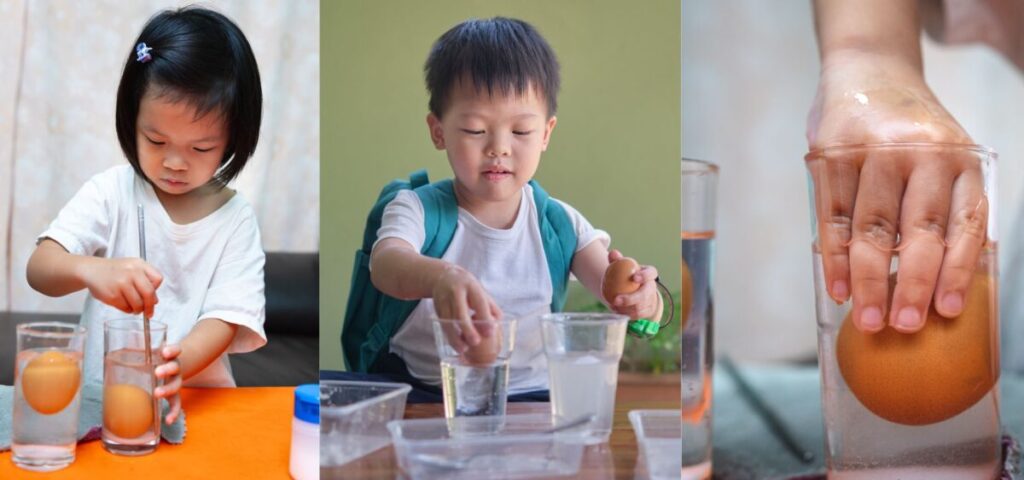
Next up, is the floating egg experiment. This one’s a real crowd-pleaser, and it’s a great way to introduce the concept of density. Fair warning though, you might end up with a few egg casualties along the way.
I still remember my youngest’s look of betrayal when his egg sank instead of floated. “But Mom, you said it would float!” Lesson learned: always do a test run before the big show.
Here is how you do the Floating Egg Experiment
Materials:
- 1 raw egg
- 2 clear glasses or jars
- Water
- Salt
- Spoon
Steps:
- Fill one glass with plain water:
- Place the egg in the water. It will sink because the egg is denser than the water.
- Fill the second glass with saltwater:
- Add 4-6 tablespoons of salt to the water and stir until it’s completely dissolved.
- Place the egg in the saltwater. The egg will float because saltwater is denser than plain water.
Explanation:
- Why does the egg float in saltwater?
- When you add salt to water, it increases the water’s density. Once the water is dense enough, it can support the egg’s weight, making it float.
This experiment shows how adding salt to water changes its density, affecting whether objects sink or float.
13. Create a marble run using cardboard tubes
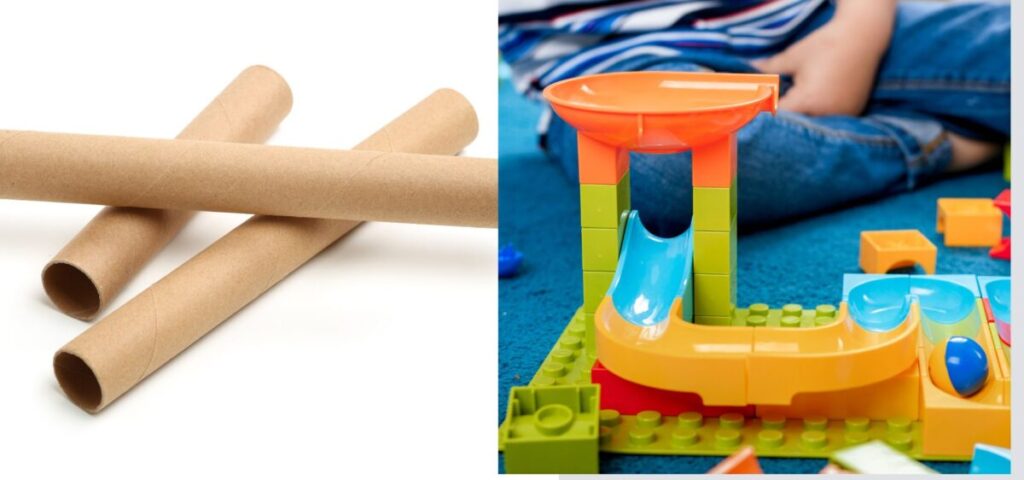
Now, let’s talk about marble runs. These bad boys are like the roller coasters of the STEM world. We once spent an entire rainy Saturday creating an elaborate marble run that snaked through three rooms of our house. Check out these Awesome marbles
It was all fun and games until the cat decided to “help.” Let’s just say marbles and curious kitties don’t mix well.
Here’s a tip: start small and build up. Use masking tape to secure the tubes to walls or furniture (don’t worry, it comes off easily). And if you’re feeling really adventurous, try timing the marbles and introducing the concept of speed and velocity. Who knew physics could be this fun?
14. Make a homemade lava lamp
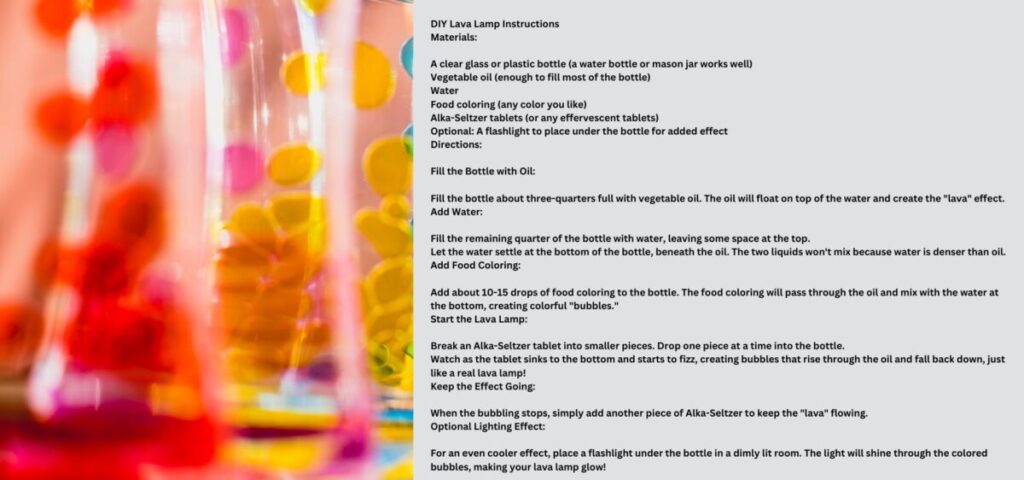
Moving on to lava lamps. Oh boy, these are like magic in a bottle. The first time we made one, my kids were convinced I had actual magical powers.
Little did they know it was just the power of science! . The result? A groovy, bubbling concoction that had us mesmerized for hours.
Word to the wise: make sure the bottle is securely sealed. We had a little… incident… that resulted in a tie-dye effect on our carpet. But hey, at least the room smelled minty fresh thanks to the Alka-Seltzer!
15. Design and test paper airplanes
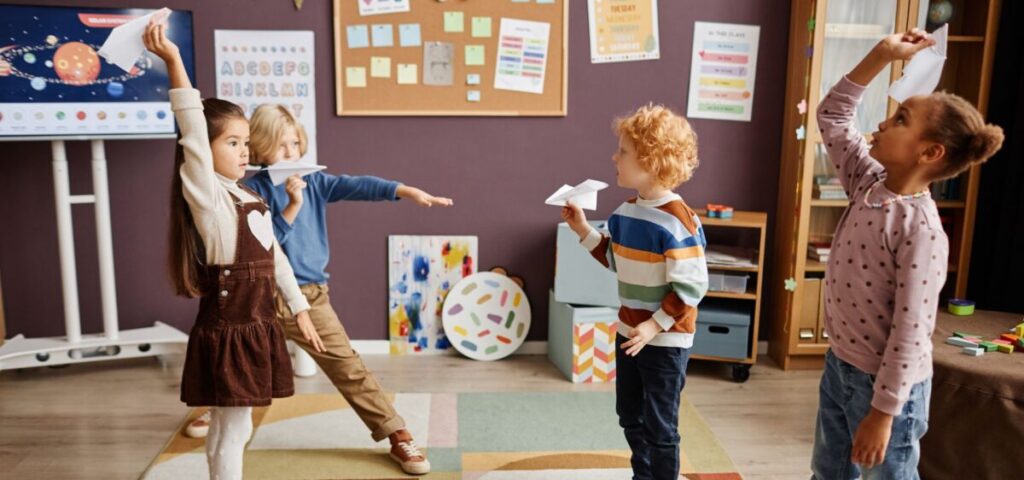
Last but not least, let’s fly high with paper airplanes. This activity is a perfect blend of engineering, physics, and good old-fashioned fun. Try this book for Epic airplane folding and ideas
We held our first family paper airplane contest last summer, and let me tell you, things got competitive real quick. My husband spent hours perfecting his design, only to be outflown by our 7-year-old’s crumpled ball of paper. Sometimes, simplicity wins!
Did you know that the world record for the longest paper airplane flight is 69.14 meters? That’s according to Guinness World Records. We’re not quite there yet, but we’re having a blast trying!
Remember, STEM activities aren’t just about learning facts and figures. They’re about fostering curiosity, critical thinking, and problem-solving skills.
So don’t stress if an experiment doesn’t go exactly as planned. Those “failures” often lead to the best learning experiences (and the funniest stories).
So go ahead, embrace your inner mad scientist. Turn your kitchen into a laboratory, your living room into a physics playground. Just remember to keep a mop handy, because in the world of STEM exploration, messes are just evidence of learning in action!
Artistic Expression: Drawing and Painting
Let me tell you, there’s nothing quite like unleashing your inner Picasso with the kiddos. As a mom of four, I’ve seen my fair share of artistic adventures, and boy, have they been a rollercoaster!
16. Have a finger painting session
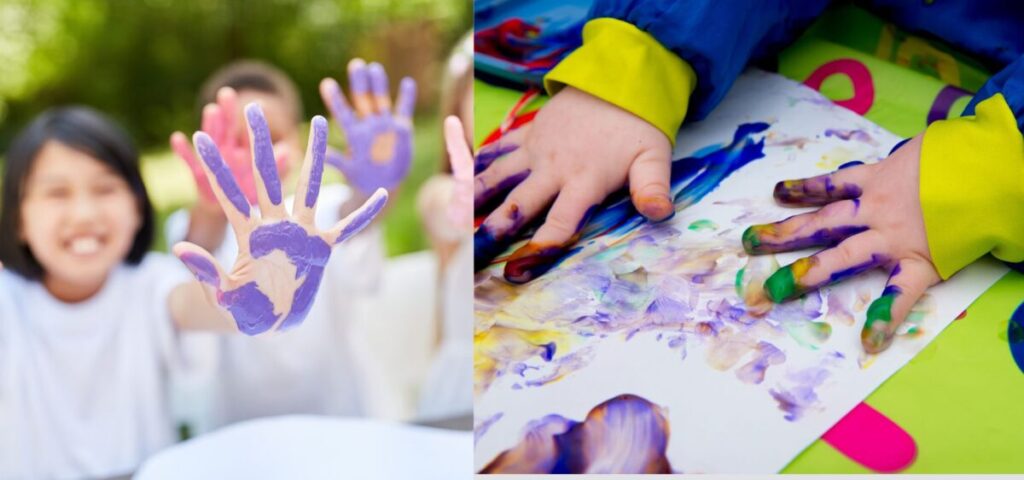
Remember finger painting? Well, I sure do. The first time we tried it, I thought, “How messy could it get?” Rookie mistake. This is the best finger paint
Within minutes, my living room looked like a rainbow had exploded. But you know what? The giggles and proud smiles on my kids’ faces were totally worth the cleanup. Pro tip: lay down old newspapers or a plastic tablecloth before you start. Trust me, your floors will thank you later.
17. Create a family portrait
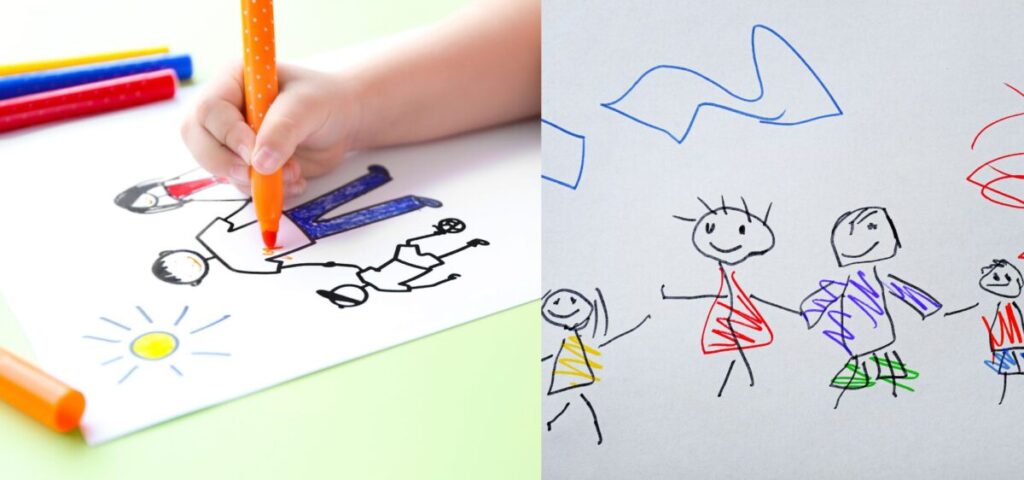
Now, let’s talk family portraits. We decided to make this a yearly tradition, and let me tell you, it’s been hilarious watching how our family’s artistic skills (or lack thereof) have evolved.
Our first attempt looked more like a bunch of potatoes with stick arms. But hey, that’s part of the charm! Don’t aim for perfection; embrace the wonky eyes and lopsided smiles. These imperfect masterpieces are the ones you’ll treasure the most.
18. Design cartoon characters
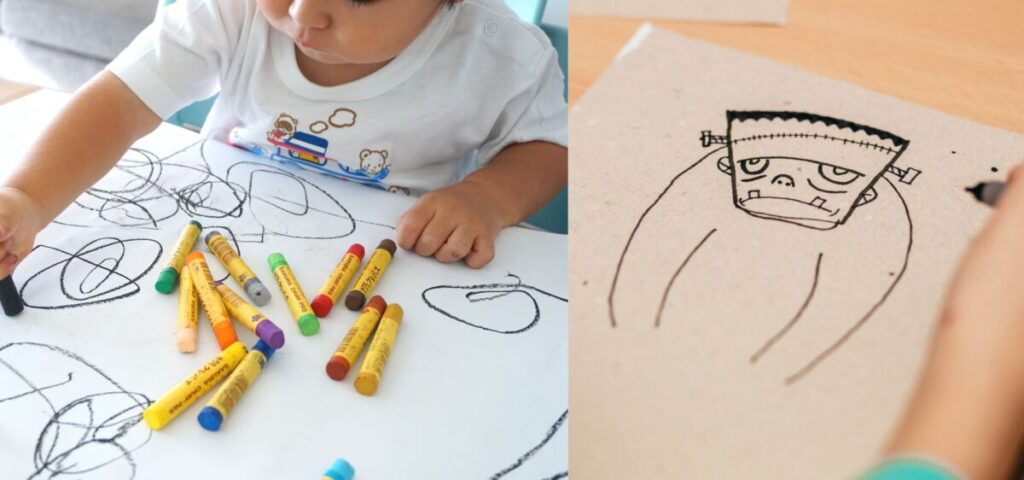
Designing cartoon characters is another favorite in our house. It’s like watching your kids’ imaginations come to life on paper. These books are awesome at teaching you how to draw cartoon characters.
We’ve had everything from a three-headed unicorn-dragon to a superhero whose power is making broccoli taste like candy. (If only that last one were real, right?) Encourage your kids to think outside the box. The wackier, the better!
19. Paint with unusual tools (sponges, cotton swabs)
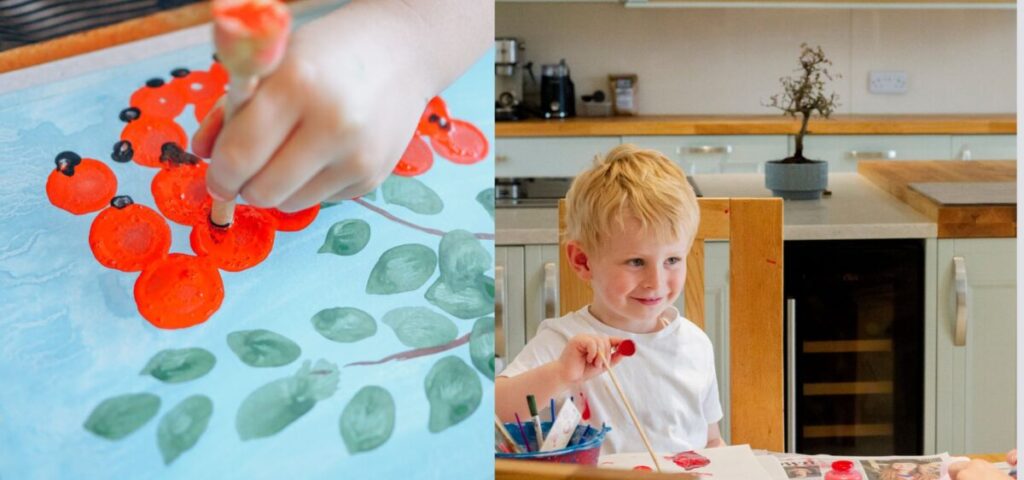
Painting with unusual tools? Now that’s where the real fun begins. We’ve used everything from sponges to cotton swabs, and even old toothbrushes.
One time, my youngest decided her dad’s shaving brush would make the perfect paintbrush. Let’s just say, Dad wasn’t too thrilled about that one. But the textured masterpiece she created was pretty darn cool.
20. Make handprint art
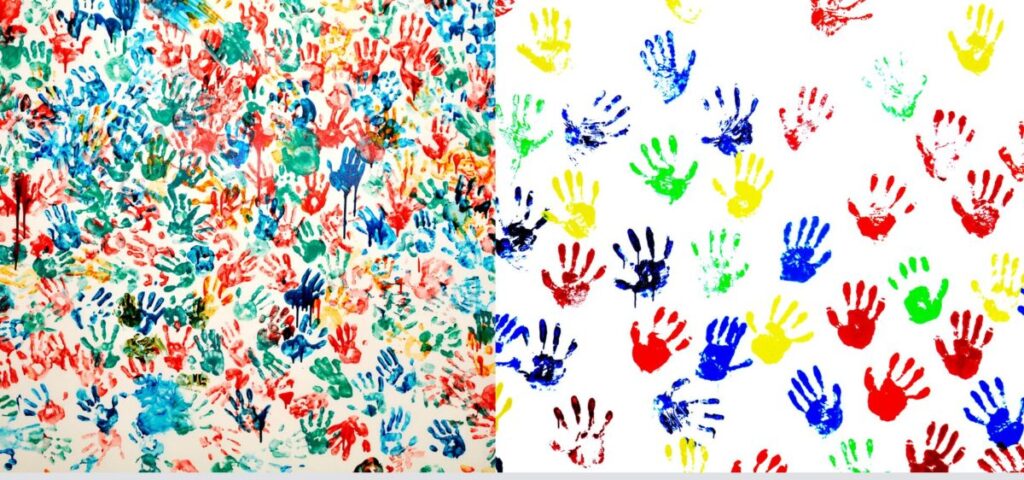
Lastly, handprint art. Oh boy, this one’s a keeper. We’ve made everything from handprint turkeys for Thanksgiving to a family tree with everyone’s handprints as leaves. It’s amazing to see how much those little hands grow from year to year.
Handprint paint has a way of ending up in the most unexpected places. I once found a perfect little handprint on the back of our white couch. Artistic expression indeed!
Here’s a fun fact: according to the American Art Therapy Association, engaging in artistic activities can help reduce stress and improve cognitive functions. So not only are we having fun, but we’re also giving our brains a workout!
Remember, the key to artistic expression with kids is to focus on the process, not the product. Let them explore, make mistakes, and most importantly, have fun. Who knows? You might just discover the next Frida Kahlo or Vincent van Gogh right in your own home.
So grab those paints, unleash your creativity, and don’t be afraid to get a little messy. After all, that’s where the best memories (and the best art) are made!
Physical Fun: Indoor Exercise and Movement
Alright, let’s get moving! As a mom of four energetic kiddos, I’ve learned that a little indoor physical activity can be a total game-changer.
It’s like magic – one minute you’ve got bouncing-off-the-walls chaos, the next you’ve got happy, tired kids. So, let me share some of our favorite ways to get the wiggles out when we’re stuck indoors.
21. Set up an indoor obstacle course
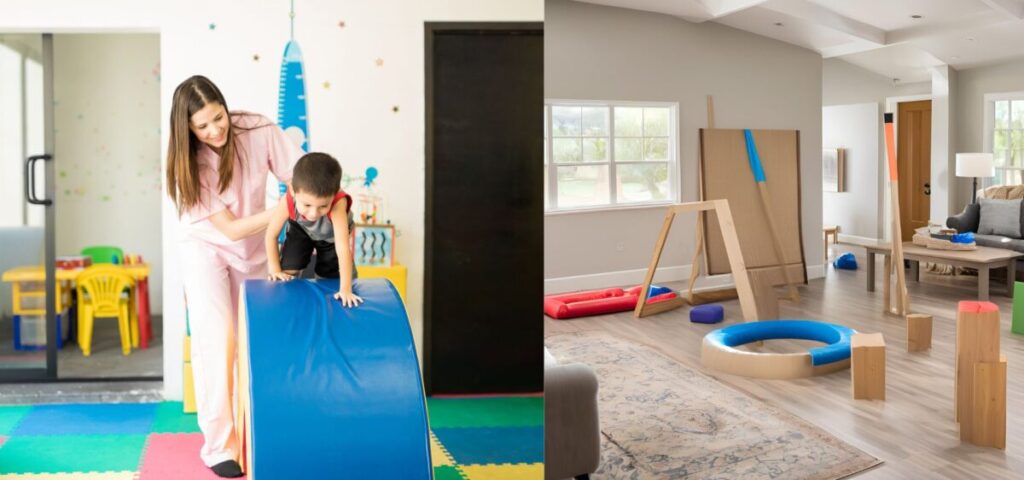
First up: the indoor obstacle course. This is a real winner in our house. We’ve turned our living room into everything from a ninja warrior training ground to a “floor is lava” adventure park. The first time we tried this, I thought, “How hard can it be?”
Underestimating the creativity (and destructive power) of kids on a mission is a rookie mistake. We ended up with couch cushions in the hallway, a trail of books leading to the kitchen, and somehow, a stuffed animal zip line strung between two doorways.
Set some ground rules before you start, and maybe keep the family heirlooms out of reach!
Pro tip: use painter’s tape to create “balance beams” on the floor. It’s easy to remove and won’t damage your flooring. And don’t forget to time them – kids love trying to beat their personal best!
22. Have a dance party
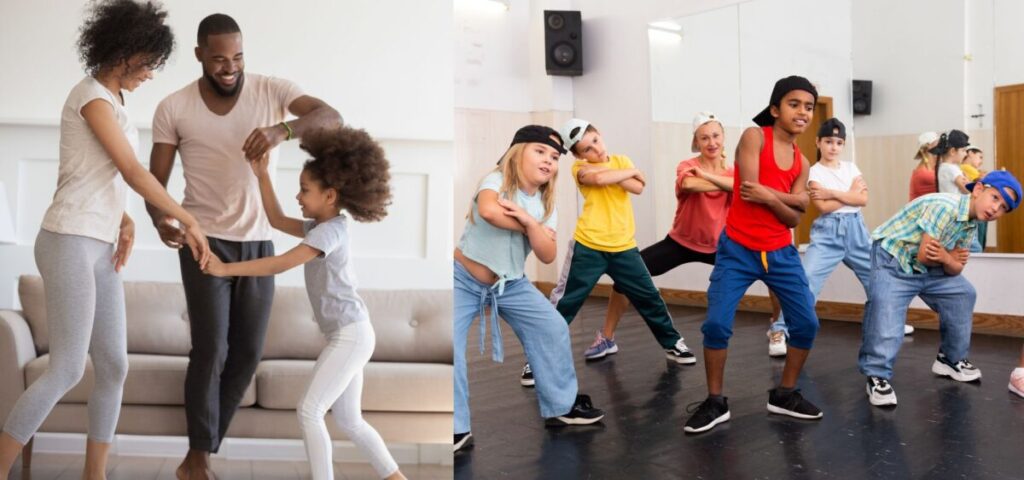
Next, let’s talk dance parties. These are a lifesaver on those long, rainy days. We crank up the tunes and just let loose. It’s like a mini cardio workout disguised as fun.
Plus, there’s something hilarious about watching your kids attempt to floss or do the robot. Fair warning though: you might find yourself breaking out those moves in the grocery store. Ask me how I know.
Did you know that dancing can burn up to 300 calories in just 30 minutes? That’s according to the American Council on Exercise. So not only are we having fun, but we’re also sneaking in some serious exercise!
23. Play balloon volleyball
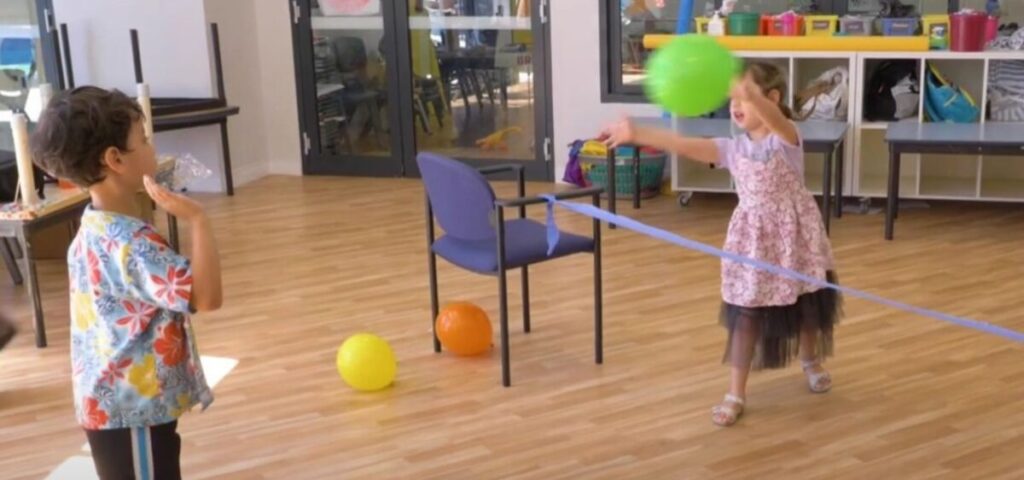
Balloon volleyball is another favorite. It’s like regular volleyball, but in slow motion and with 100% more giggles. We use a balloon, set up a “net” (aka a jump rope tied between two chairs), and let the games begin.
The best part? It’s nearly impossible to get hurt, unless you count laughing so hard your sides hurt. Just watch out for ceiling fans – they’re the arch-nemesis of balloon sports. PRO TIP: Add some rice to each balloon to make it a little heavier so it is easier to control
24. Do a kid-friendly yoga session
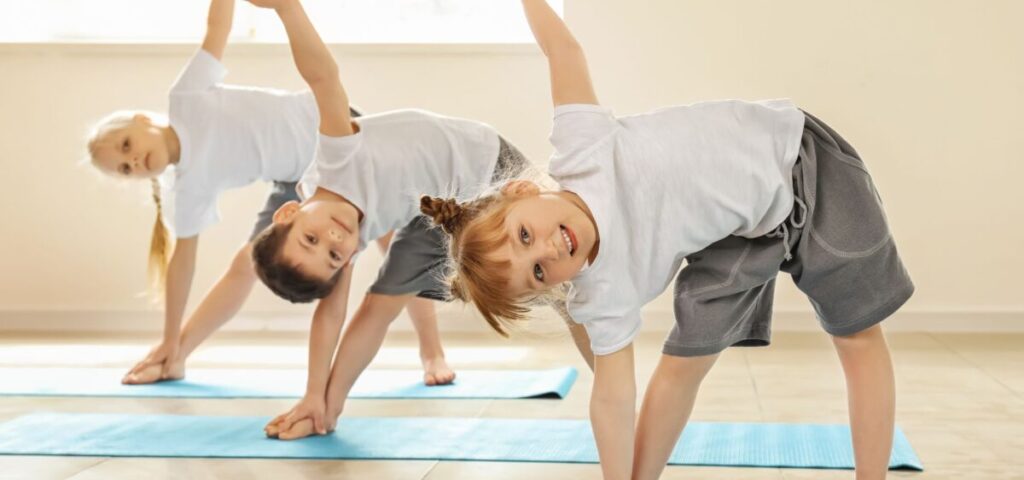
Now, let’s chat about kid-friendly yoga. I know what you’re thinking – kids and yoga? Trust me, it works. We started with simple poses like “downward dog” and “tree pose,” but it quickly evolved into a game of “who can make up the silliest yoga pose.”
My personal favorite? The “pretzel unicorn,” courtesy of my 6-year-old. It’s not exactly zen, but it sure is fun.
25. Create a hopscotch grid with masking tape
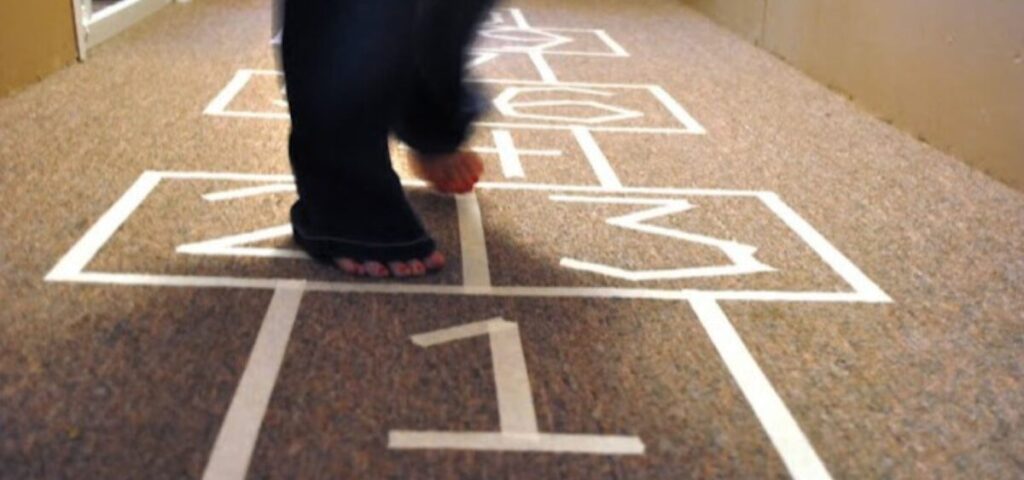
Lastly, the hopscotch grid with masking tape. This one’s a classic for a reason. It’s easy to set up, fun to play, and secretly works on balance and coordination. We’ve made everything from traditional hopscotch grids to elaborate mazes that take up the entire hallway. Just be prepared for the inevitable “But Mom, I want to leave it up forever!” plea.
Here’s a tip: use different colored tape to create multiple paths. It’s like choose-your-own-adventure, but for hopscotch!
Remember, the goal here isn’t to create Olympic athletes. It’s about having fun, burning off some energy, and maybe sneaking in a little exercise while we’re at it. So don’t stress if your yoga poses look more like pretzels than perfection, or if your dance moves are more “dad at a wedding” than “Dancing with the Stars.”
The American Heart Association recommends that kids get at least 60 minutes of physical activity every day. With these fun indoor activities, hitting that goal is a piece of cake – even on the rainiest of days.
So go ahead, push the furniture aside, crank up the music, and get moving. Your kids will thank you for it (and hey, you might even have some fun yourself). Just don’t blame me if you find yourself attempting a cartwheel in the living room. It happens to the best of us!
Imaginative Play: Dress-Up and Role-Playing
Let me tell you about the wild world of dress-up and role-playing! As a mom of four, I’ve seen my living room transform into everything from a royal castle to a bustling supermarket.
It’s like having a theme park right in your own home, minus the overpriced snacks.
26. Create a puppet theater with sock puppets
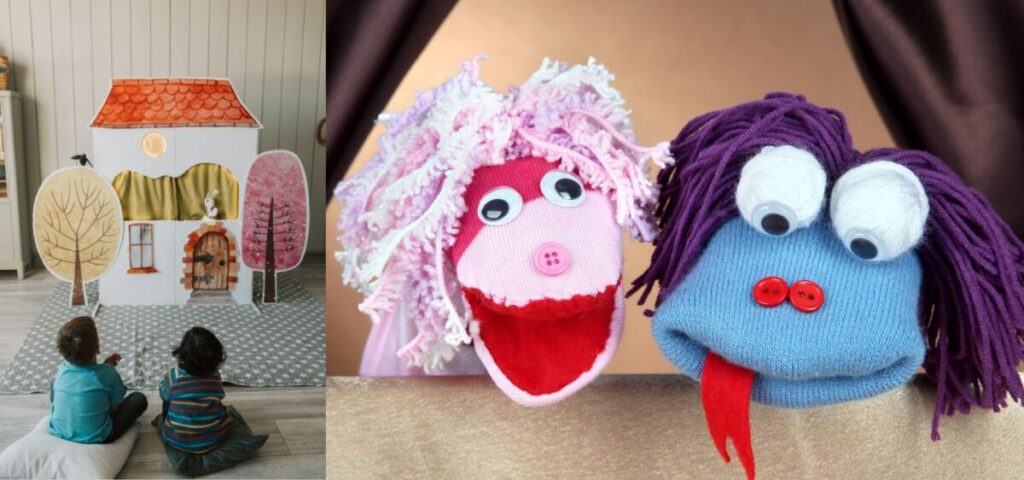
Let’s start with sock puppets. Now, this might sound like a simple activity, but let me tell you, it can get pretty intense. The first time we tried making a puppet theater, I thought, “How hard can this be?” Here are some super fun supplies to create sock puppets
When you’ve got four kids fighting over who gets to be the director, it can be pretty challenging! We ended up with a cardboard box theater that looked like it had been through a tornado, but the kids loved it. Pro tip: assign roles beforehand to avoid the “But I wanted to be the princess-astronaut-chef!” meltdown.
27. Set up a pretend restaurant or grocery store
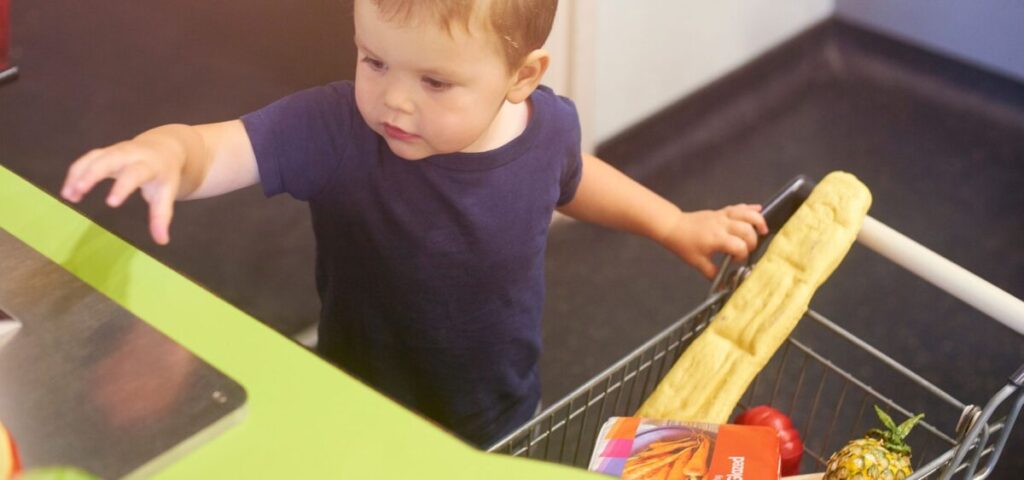
Setting up a pretend restaurant or grocery store is another favorite in our house. We’ve had some pretty interesting menus over the years. My personal favorite? The “Unicorn Spaghetti” that my 6-year-old insisted was made with “real unicorn hair.” Yum?
The best part about this game is that it sneakily teaches kids about math and social skills. Just be prepared for some… creative… pricing. Apparently, in kid economy, a single apple can cost $100.
28. Have a superhero costume design contest
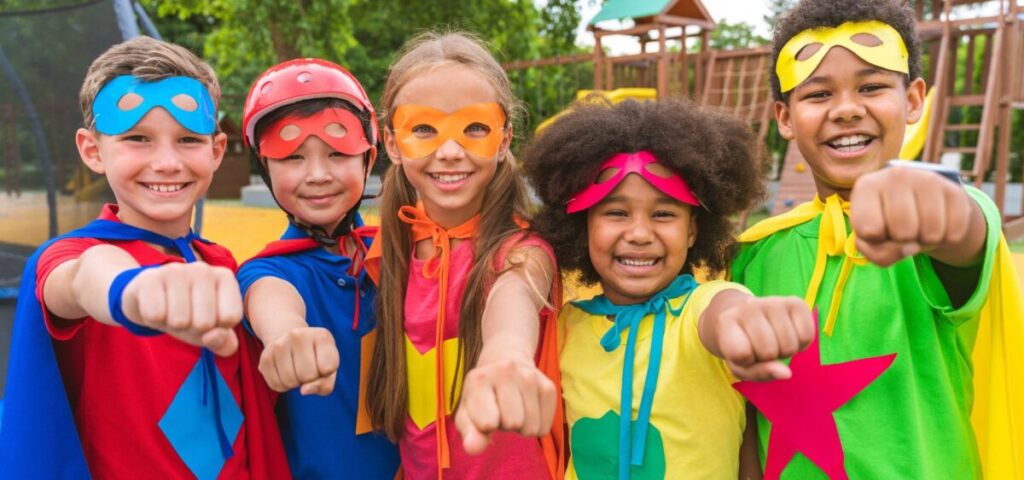
Now, let’s talk superhero costume design contests. This is where things get really wild. We’ve had capes made from pillowcases, masks fashioned out of paper plates, and one memorable “Broccoli Man” costume that I’m still trying to figure out.
The key here is to embrace the chaos. Let their imaginations run wild, even if it means your living room looks like a fabric store exploded.
29. Organize a stuffed animal tea party
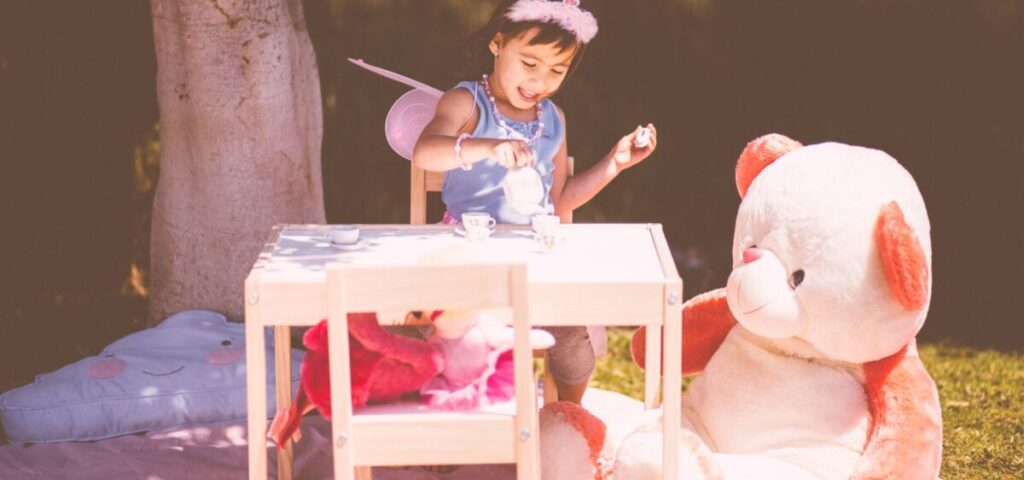
Stuffed animal tea parties are a classic for a reason. It’s all fun and games until you realize you’re the one who has to wash 20 tiny teacups. Here are some adorable tea party sets.
But you know what? Seeing your kids carefully pouring imaginary tea for their favorite teddy bear makes it all worth it. Just maybe hide the good china beforehand, okay?
30. Stage a fashion show with dress-up clothes
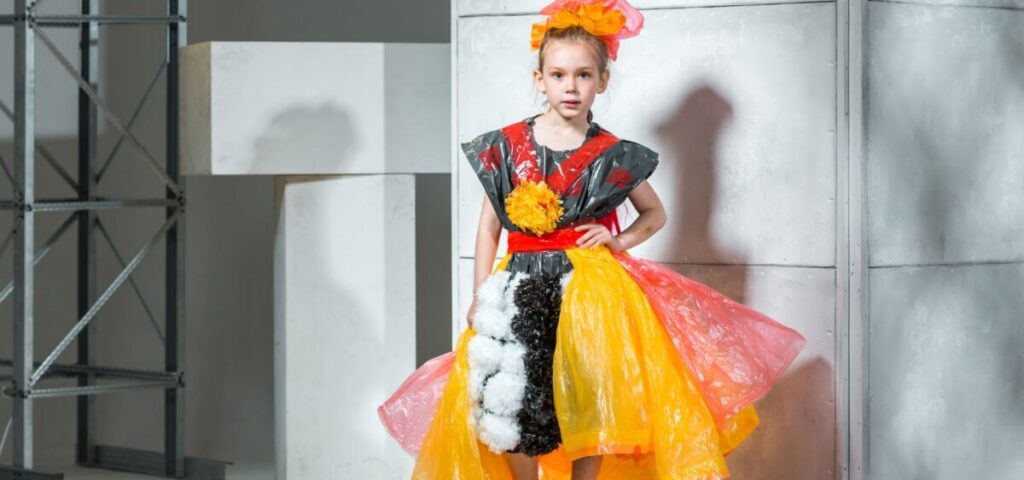
Last but not least, the fashion show. Oh boy, this one’s a doozy. We’ve had everything from “space princess” to “cowboy ballerina” strut down our makeshift catwalk (aka the hallway).
Fair warning: you might find yourself roped into being a model. There’s nothing quite like trying to rock a tiara and superhero cape combo while your kids cheer you on.
Here’s a fun fact: according to the American Academy of Pediatrics, imaginative play is crucial for cognitive and social development in children. So not only are we having a blast, but we’re also helping those little brains grow!
Remember, the key to successful imaginative play is to let go of your adult sensibilities and just dive in. So what if your kid wants to be a “firefighter-mermaid”? Roll with it! These are the moments that make childhood magical.
And hey, if all else fails and you find yourself drowning in a sea of dress-up clothes and stuffed animals, just remember: this too shall pass. And you’ll probably miss it when it does. So put on that princess crown, grab your superhero cape, and let’s get playing!
Musical Mayhem: Rhythmic Fun
Alright, folks, let’s talk about turning your home into a mini Coachella! As a mom of four budding rock stars, I’ve learned that a little musical mayhem can turn even the dreariest day into a party. So, grab your wooden spoons and let’s make some noise!
31. Make DIY musical instruments from household items

First up: DIY musical instruments. Now, I’ll be honest, the first time we tried this, I thought, “How noisy could it really get?” Oh, sweet summer child. Within minutes, our house sounded like a herd of elephants had taken up the drums.
The kids were having a blast, and that’s what counts. We’ve made everything from cardboard box guitars to water bottle shakers. Pro tip: if you value your sanity, maybe skip the “pots and pans drum kit” idea. Trust me on this one.
32. Host a living room karaoke party
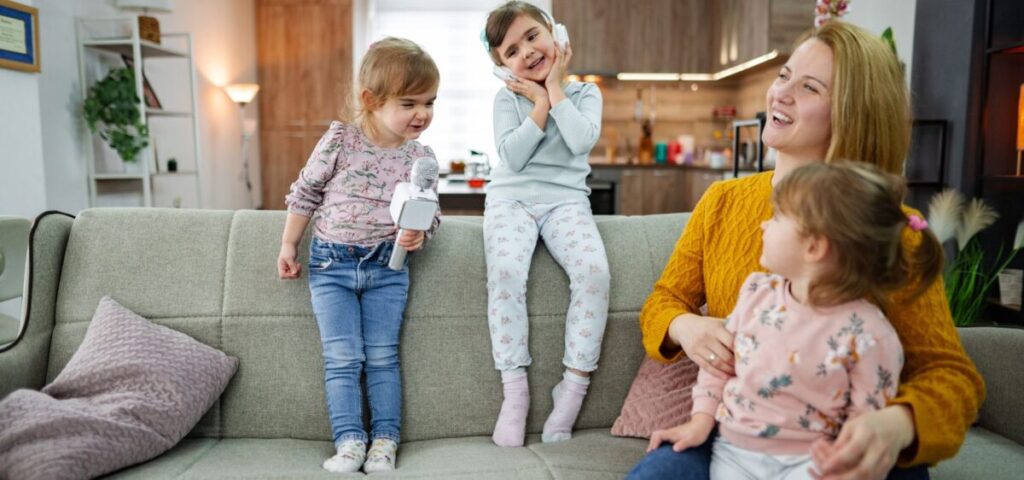
Living room karaoke parties are another hit in our house. We’ve belted out everything from “Baby Shark” (for the 1000th time) to 80s rock ballads. Here are some fun Karaoke Machines for kids
You might find yourself randomly singing “Let It Go” in the grocery store for weeks afterward. But hey, who doesn’t want to be serenaded while picking out produce?
33. Play musical statues or freeze dance

Now, let’s talk about musical statues or freeze dance. This game is a lifesaver when the kids have too much energy and you’re running on your last cup of coffee.
It’s simple: play music, dance like crazy, and when the music stops, freeze! The poses we’ve seen would put professional contortionists to shame. Just be prepared for the inevitable “But I wasn’t moving!” arguments.
34. Create a family band with kitchen utensils
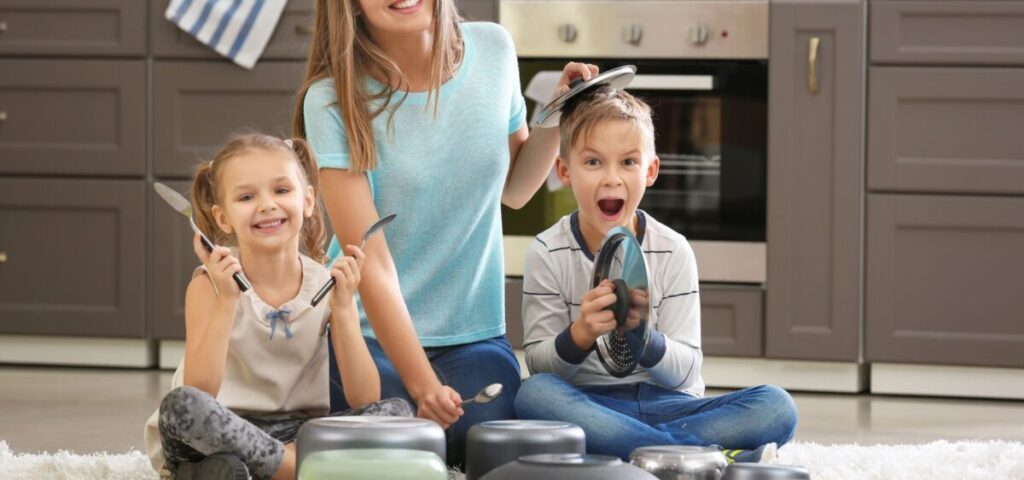
Creating a family band with kitchen utensils is where things get really interesting. We’ve had spoon guitars, whisk microphones, and an unforgettable performance featuring a colander as a hat. Is it music?
Debatable. Is it fun? Absolutely! Just maybe warn the neighbors beforehand. They might think you’re being invaded by a very enthusiastic, slightly off-key alien species.
35. Compose a silly song about your day
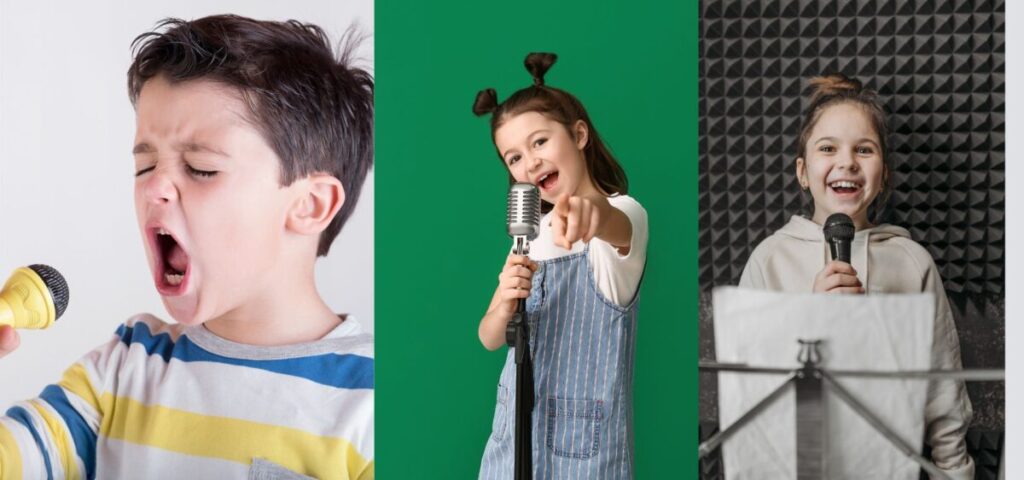
Last but not least, composing silly songs about your day. This is a great way to end the evening and recap all the fun (and maybe not-so-fun) parts of the day. We’ve had epic ballads about lost socks and rap battles about who gets to sit in the front seat. It’s like a musical diary, but way more entertaining.
Did you know that according to the National Association for Music Education, music play can help develop language skills, increase IQ, and improve spatial reasoning? So not only are we having a ton of fun, but we’re also giving those little brains a serious workout!
Remember, the key to musical fun is to let go of your inhibitions. So what if you can’t carry a tune in a bucket? Your kids don’t care. They just want to see you let loose and have fun.
So crank up the tunes, grab your makeshift instruments, and let’s make some musical memories. Just don’t blame me if you find yourself humming “The Itsy Bitsy Spider” in your next work meeting. It happens to the best of us!
Brain Teasers: Puzzles and Problem-Solving
Alright, puzzle enthusiasts, let’s dive into the world of brain teasers and problem-solving! As a mom of four little Einsteins-in-training, I’ve learned that nothing beats a good puzzle for keeping those young minds (and let’s be honest, my own) sharp and engaged. So, let’s get those synapses firing!
36. Solve jigsaw puzzles as a family
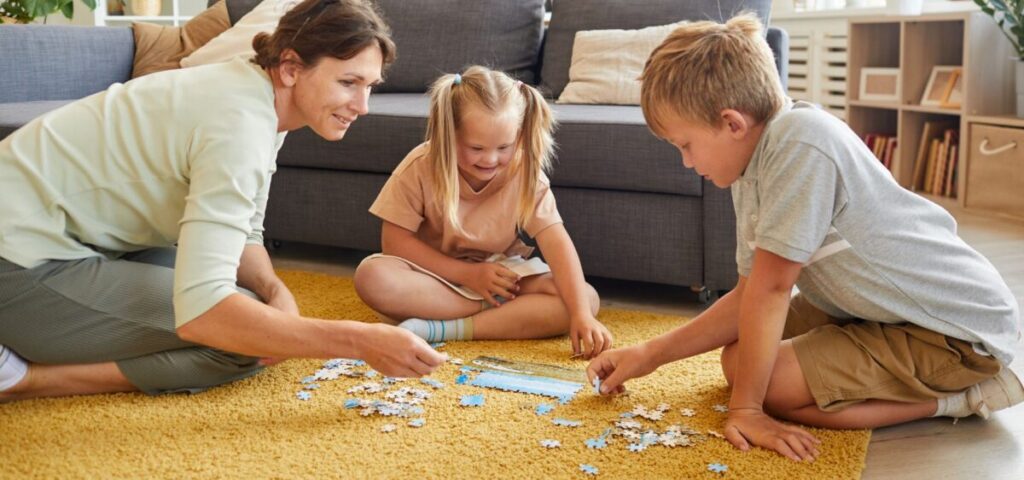
First up: jigsaw puzzles. Now, I’ll admit, the first time I brought out a 1000-piece puzzle, while were were on vacation, I thought, “How hard could this be?” It took us the entire 5 days to finish it. Then we had to get it home! We ended up gluing it to a poster board. That was the hard part.
Start small, folks. These days, we stick to age-appropriate puzzles and make it a family affair. Pro tip: use a large piece of cardboard under your puzzle. That way, you can slide it under the couch when dinner time rolls around. No more “But Mom, I almost finished the sky!” dramas.
Here are some the coolest puzzles out there!
37. Play age-appropriate board games
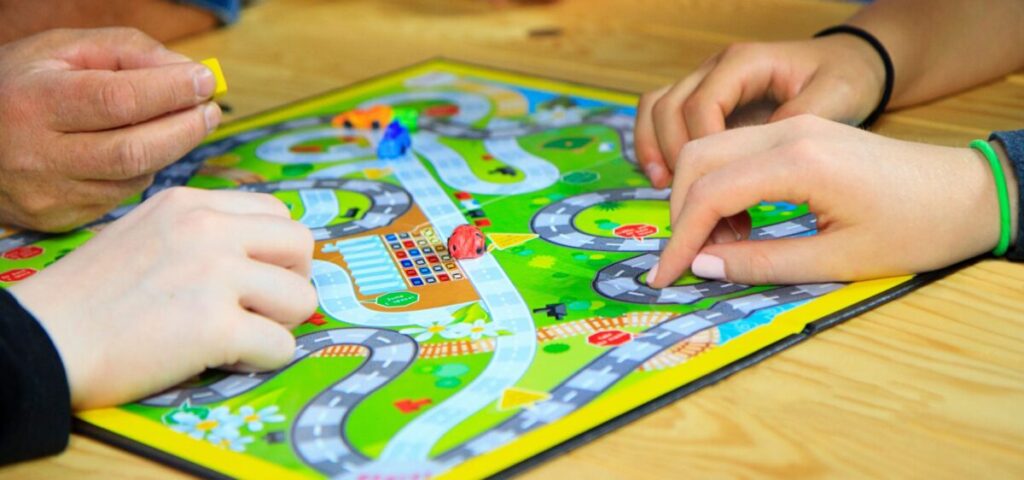
Board games are another favorite in our house. We’ve played everything from Candy Land to Settlers of Catan (with some… creative rule interpretations). Fair warning: you might discover your 8-year-old is a cutthroat Monopoly tycoon.
Who knew Park Place could cause so much family drama? But you know what? These games teach strategy, patience, and how to be a good sport. Even if that means congratulating your kid on bankrupting you. Again.
Related Topics:
Out Door Games – Night Time Fun
38. Create a scavenger hunt with riddles
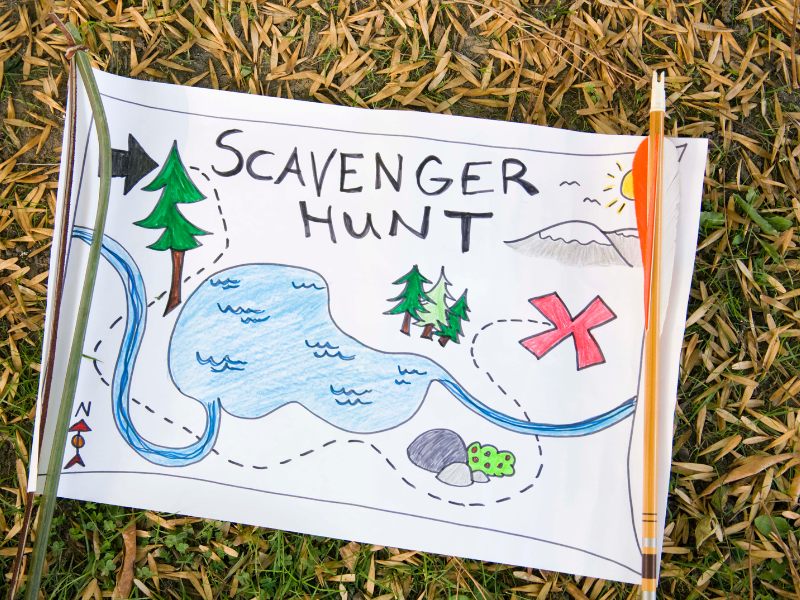
Now, let’s talk scavenger hunts with riddles. This is where things get really fun. We’ve had hunts that have taken us all over the house, into the backyard, and once, memorably, into the neighbor’s flower beds.
The key is to make the riddles challenging but not impossible. Unless you want to spend your evening explaining why “It’s green and sounds like a frog” doesn’t automatically mean it’s hidden in the toilet. True story.
39. Do crossword puzzles or word searches
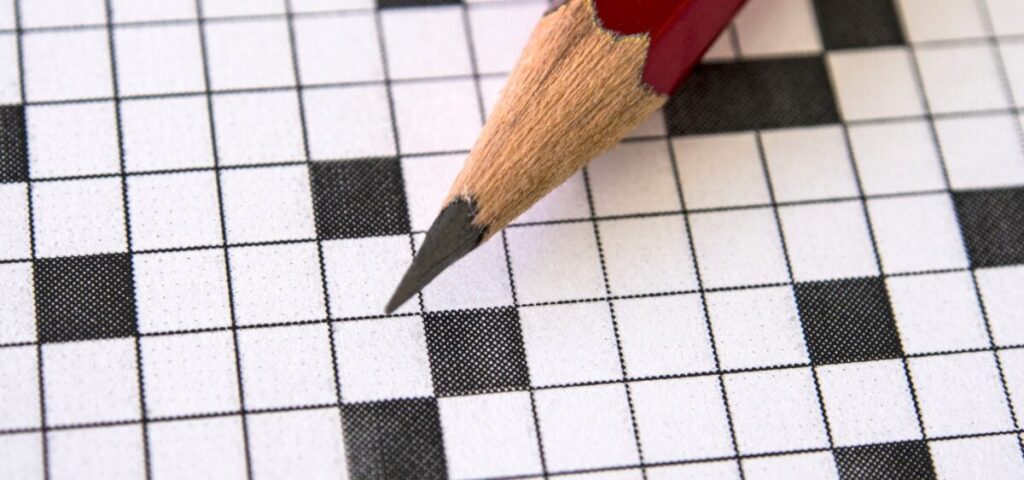
Crossword puzzles and word searches are great for quiet time activities. We like to do these together on road trips.
It’s all fun and games until your 6-year-old finds a word you didn’t even know was in there. Nothing like being outsmarted by someone who still believes in the tooth fairy to keep you humble! Here are some good books with puzzles inside.
40. Play memory games with cards
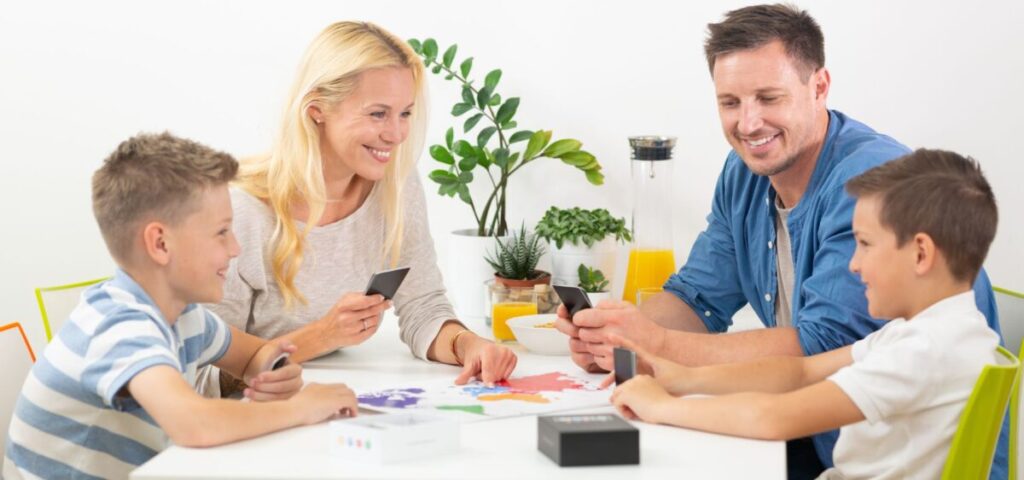
Lastly, memory games with cards. Classic, simple, and surprisingly competitive. We’ve had matches that have turned into epic battles of concentration. And let me tell you, there’s nothing quite like the triumph of finally beating your kid at a game they’ve been dominating for weeks. Not that I’m competitive or anything…
Here are some awesome memory card games
Here’s a fun fact: according to a study published in the New England Journal of Medicine, regular engagement in puzzles and problem-solving activities can help reduce the risk of dementia later in life. So not only are we having fun, but we’re also investing in our future brain health. Win-win!
Remember, the goal here isn’t to raise the next Nobel Prize winner (although that would be nice). It’s about fostering a love for learning, critical thinking, and problem-solving.
So don’t stress if your kid takes 10 minutes to find the “hidden” toy that’s sitting right in front of them. They’re learning, and that’s what counts.
So grab those puzzles, dust off those board games, and let’s give those brains a workout. Just don’t blame me if you find yourself trying to solve crossword clues in your sleep. It happens to the best of us!
Storytelling and Literacy: Reading Adventures
Let me tell you, there’s nothing quite like diving into a good book with your kiddos. I’ve seen firsthand how storytelling and reading can transform a regular old Tuesday into an epic adventure. So, grab your thinking caps and let’s embark on a literary journey!
41. Write and illustrate a short story
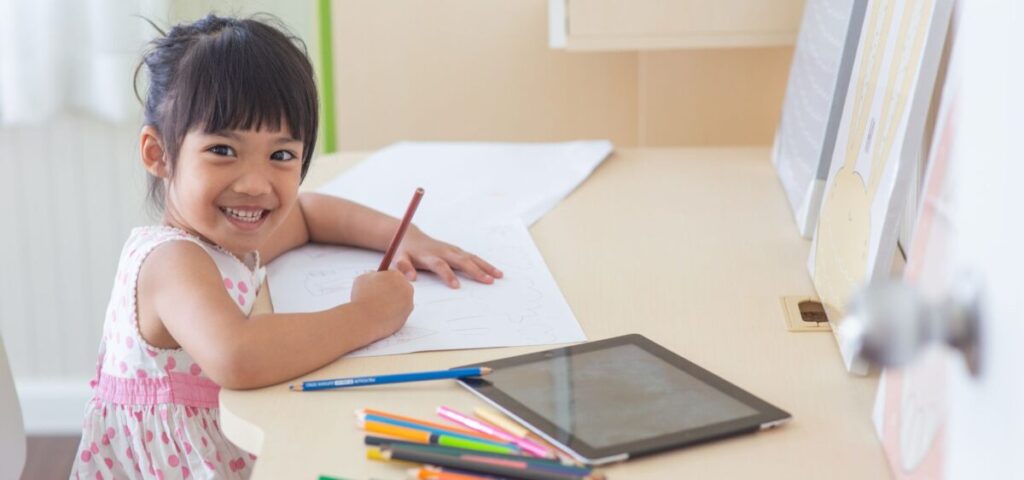
First up: writing and illustrating a short story. Now, I’ll be honest, the first time we tried this, I thought, “How hard could it be?” Oh, sweet summer child. Within minutes, we had a tale about a unicorn-dragon hybrid who loved eating spaghetti tacos.
Don’t ask me how we got there, but let me tell you, it was a wild ride. The illustrations? Let’s just say abstract art has nothing on a 5-year-old’s crayon skills. But you know what? Those wonky drawings and nonsensical plots are pure magic.
Pro tip: keep a “story starter” jar filled with random words or phrases. It’s a lifesaver when the dreaded writer’s block strikes. Plus, it’s hilarious to see how they incorporate “stinky cheese” into a princess story.
42. Act out scenes from favorite books
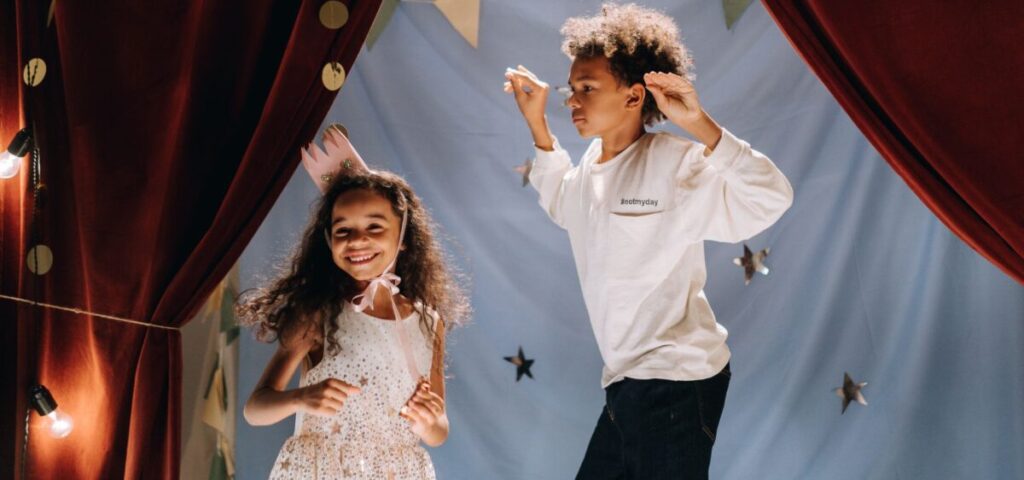
Acting out scenes from favorite books is another hit in our house. We’ve had everything from a very enthusiastic rendition of “Where the Wild Things Are” (RIP, living room cushions) to a surprisingly accurate “Charlotte’s Web” (minus the actual spider web, thank goodness).
You might find yourself roped into playing the big bad wolf more often than you’d like. Just embrace your inner villain and go with it!
43. Create a comic strip
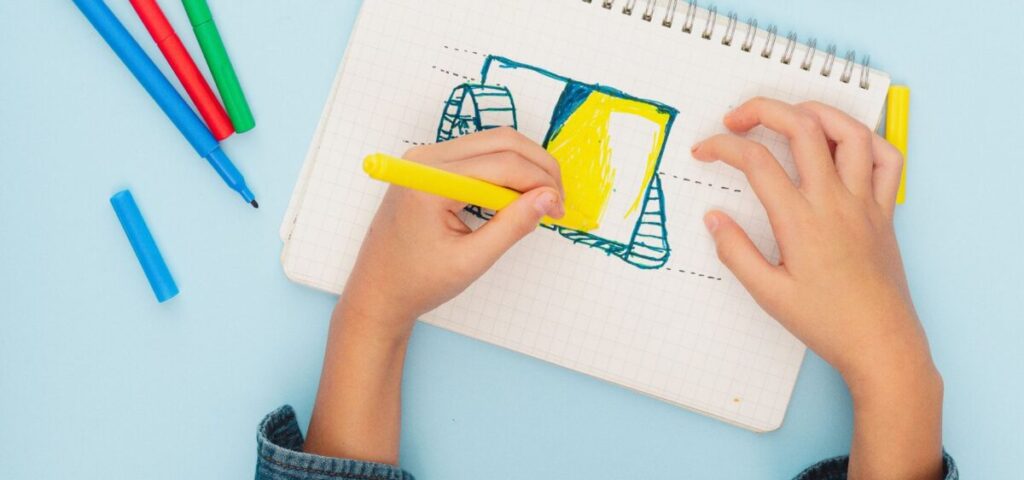
Creating comic strips is where things get really interesting. We’ve had superhero vegetables, time-traveling cats, and one memorable series about a family of sentient socks.
Is it the next Marvel franchise? Probably not. But it’s a fantastic way to combine storytelling with art. Plus, it’s endlessly entertaining to see how they problem-solve their way out of the crazy scenarios they create. Here are some cool books on drawing comic strips
44. Play word association games
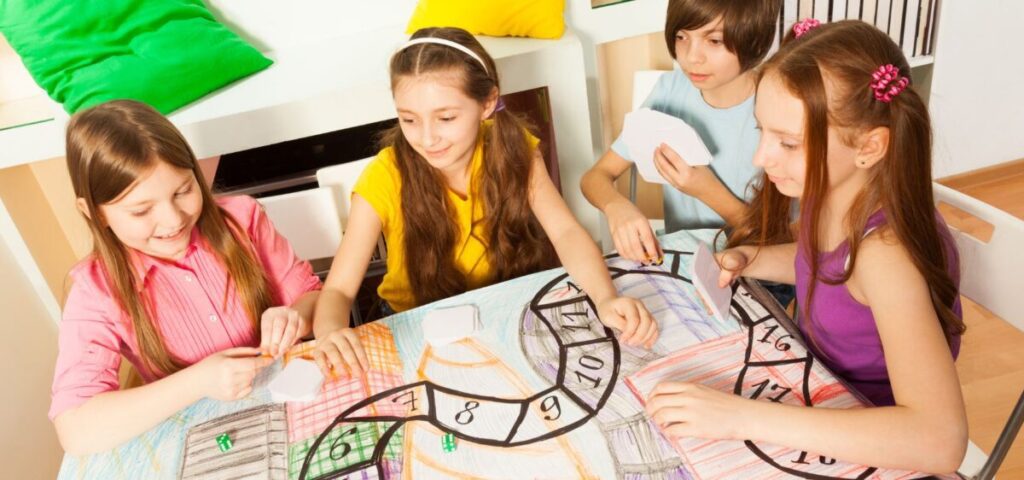
Word association games are a great way to build vocabulary and have a good laugh. We like to play this at dinner time.
It’s all fun and games until someone associates “broccoli” with “boogers” and suddenly no one wants to eat their veggies.
45. Start a family book club
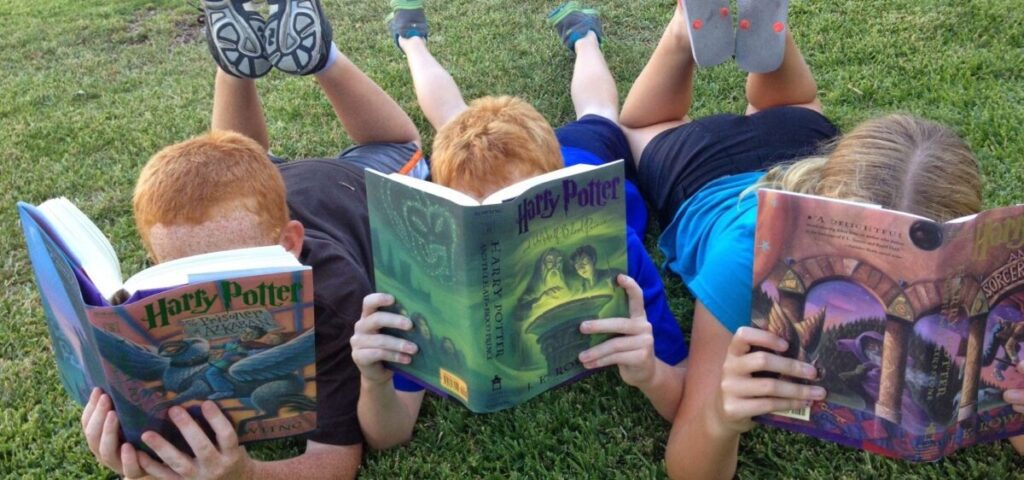
Lastly, starting a family book club has been a game-changer for us. We take turns picking books, and it’s led to some really interesting discussions.
Who knew “Captain Underpants” could spark a debate on the ethics of pranking? Just be prepared for some… unique interpretations of the stories.
Here’s a fun fact: according to the National Education Association, children who are read to at home have a higher success rate in school. So not only are we having a blast, but we’re also setting them up for future success. Win-win!
Remember, the goal here isn’t to create the next Shakespeare (although that would be nice). It’s about fostering a love for reading and storytelling. So don’t stress if your kid’s story doesn’t make a lick of sense. They’re using their imagination, and that’s what counts.
Grab those books, unleash your creativity, and let’s make some literary magic. Just don’t blame me if you find yourself quoting “The Cat in the Hat” in your next work meeting. It happens to the best of us!
H2: Indoor Gardening: Green Thumb Activities
Alright, fellow plant enthusiasts, let’s dig into the world of indoor gardening!
I’ve discovered that bringing a bit of nature indoors can be both rewarding and hilariously messy. So, roll up those sleeves and let’s get our hands dirty!
46. Grow herbs in small pots
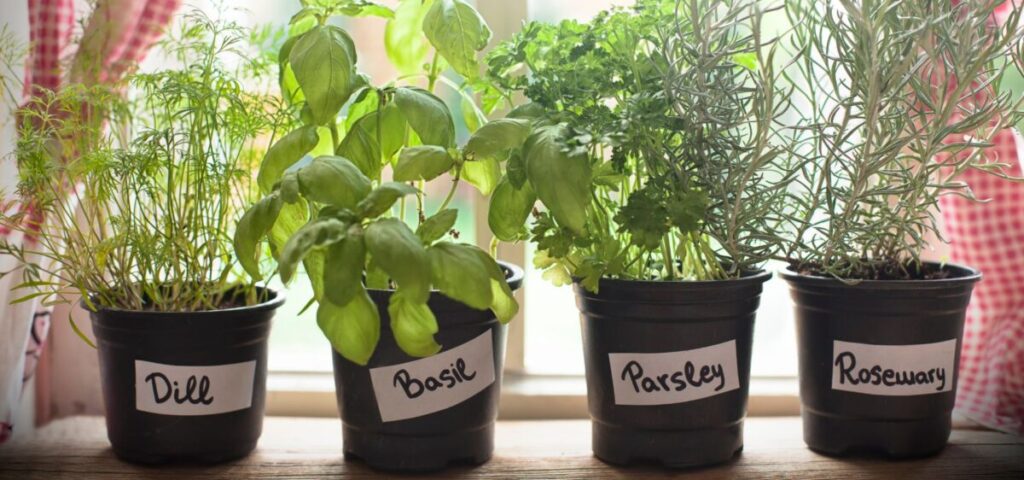
First up: growing herbs in small pots. Now, I’ll admit, when we first started this adventure, I thought, “How hard can it be to keep a few plants alive?” Well, let me tell you, underestimating the destructive of not watering them and keeping them in the sunlight
Pro tip: start with hardy herbs like mint or chives. They’re basically the Chuck Norris of the herb world – nearly indestructible.
47. Create a fairy garden
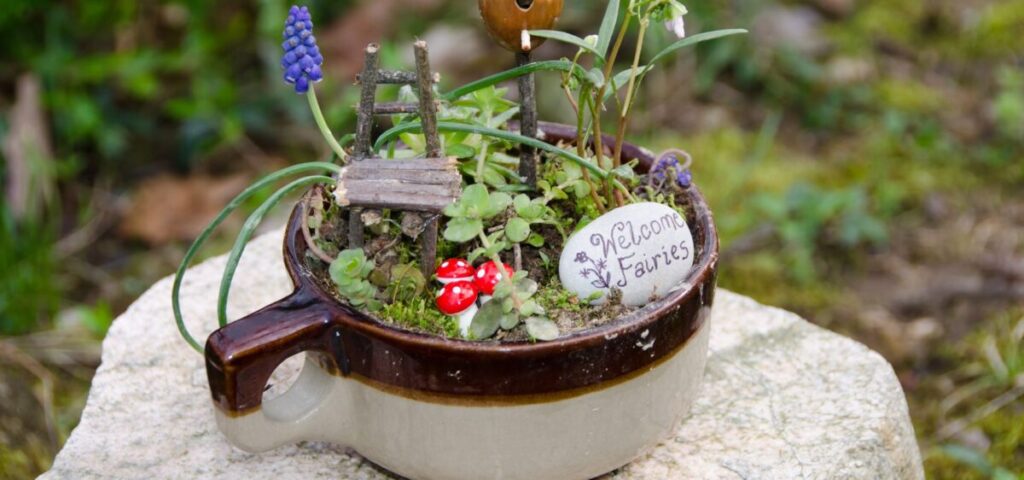
Creating a fairy garden is where things get really magical. I’ve seen miniature wonderlands complete with tiny houses, pebble pathways, and even a teeny-tiny swing set.
The kids love this idea! Just be prepared for the inevitable fairy “renovations.” Apparently, fairies are very fond of glitter. So. Much. Glitter.
48. Start seedlings for future outdoor planting
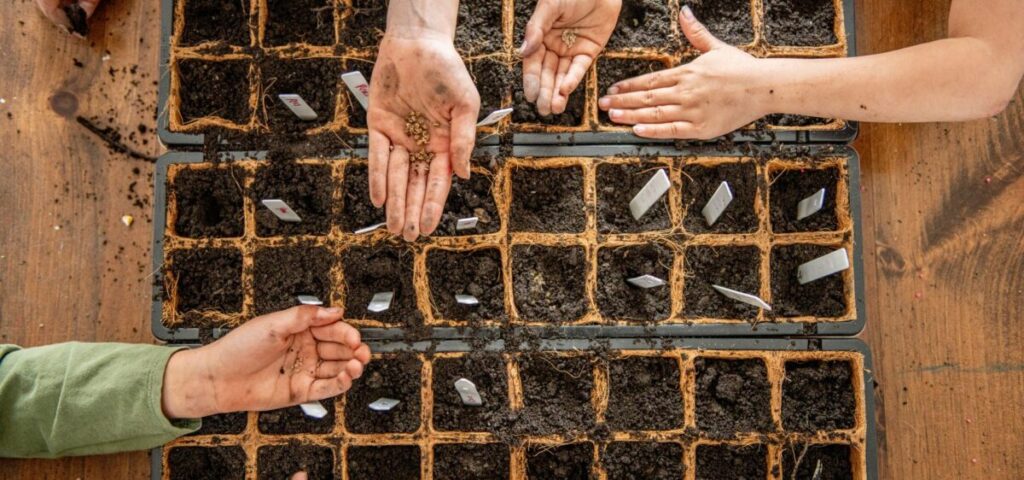
Starting seedlings for future outdoor planting is a great way to teach kids about the life cycle of plants. It’s like having a front-row seat to nature’s magic show.
We’ve watched in awe as tiny seeds transformed into sturdy little plants. Of course, there was that one time when we forgot to label the seedlings and ended up with a rogue pumpkin patch in the middle of our years.
Lesson learned: always label your plants, unless you enjoy horticultural roulette.
49. Make a terrarium
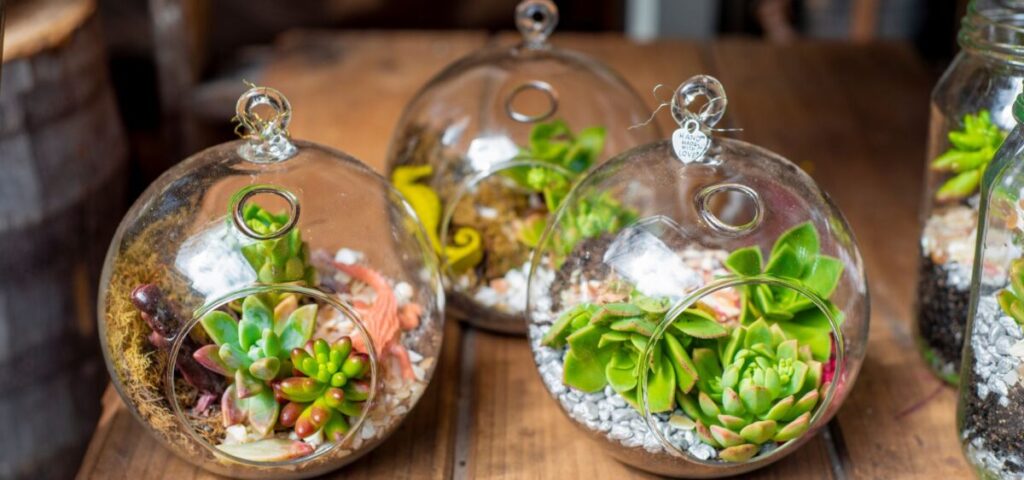
Making a terrarium is like creating a miniature ecosystem in a jar. It’s all the fun of gardening without the backache. Here are some fun terrarium kits for kids
Our first attempt was… interesting. Let’s just say we may have overwatered a bit. Okay, a lot. It looked less like a lush mini-garden and more like a swamp biome. But you know what? The kids thought it was the coolest thing ever. Silver lining, right?
50. Paint and plant in recycled containers
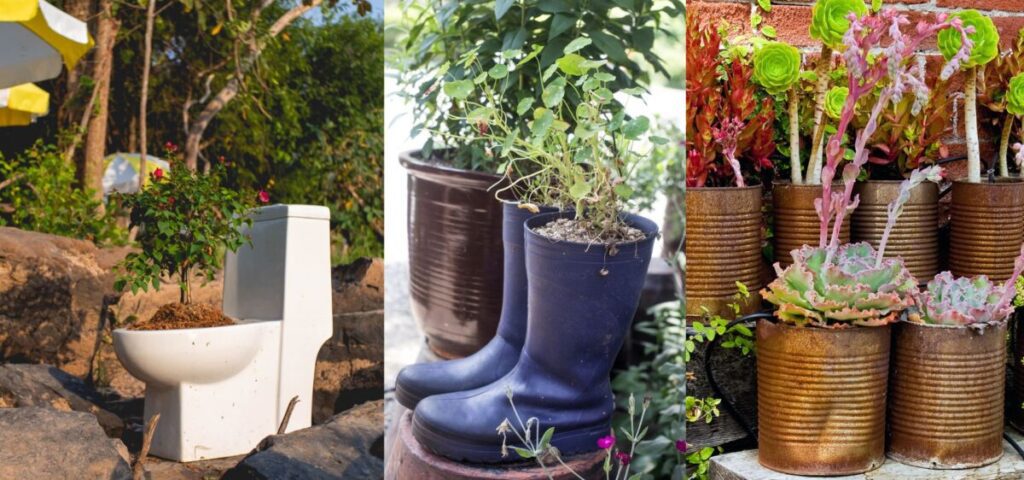
Lastly, painting and planting in recycled containers is a great way to combine art and gardening. We’ve seen everything from old milk jugs to Dad’s work boots into unique planters.
Here’s a fun fact: according to a study published in the Journal of Physiological Anthropology, indoor plants can reduce stress levels and increase productivity. So not only are we having fun and learning about nature, but we’re also creating a more zen home environment. Who knew?
Remember, the goal here isn’t to create a picture-perfect indoor garden (although that would be nice). It’s about getting your hands dirty, learning about nature, and having fun in the process. So don’t stress if your herbs are a little wonky or your fairy garden looks more troll than tinkerbell. It’s all part of the adventure.
Grab those pots, dig out those seeds, and let’s bring a little green into our lives. Just don’t blame me if you find yourself talking to your plants. Trust me, they’re great listeners!
Building and Construction: Engineering Fun
Alright, future architects and engineers, let’s dive into the world of building and construction! I’ve discovered that unleashing your kids’ inner engineer can be both awe-inspiring and slightly terrifying. So, grab your hard hats, and let’s get building!
51. Build structures with toothpicks and marshmallows
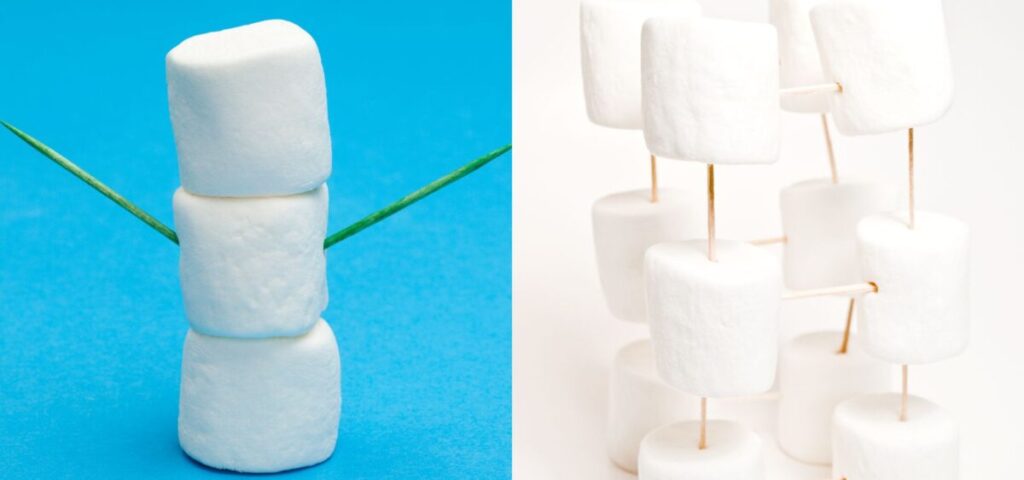
First up: building structures with toothpicks and marshmallows. Now, I’ll be honest, when we first tried this in the school I work at, I thought, “How complicated can it be?” Within minutes, we had a leaning tower of Pisa made entirely of sugar and wood. We had the mini marshmallows and they just weren’t holding the sticks together.
Pro tip: use stale marshmallows. They’re better for building and less tempting for snacking. And use the larger marshmallows, they are less challenging when building.
52. Create a city with LEGO or building blocks
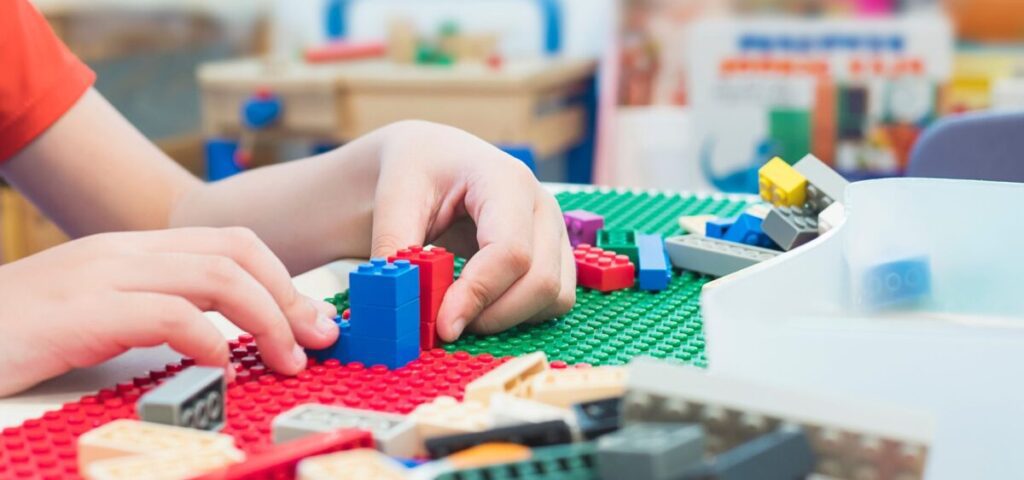
Creating a city with LEGO or building blocks is where things get really interesting. When I taught preschool, we had skylines that would make New York jealous, complete with skyscrapers, parks, and more.
Of course, every first attempt looked less like a bustling metropolis and more like the aftermath of a tiny earthquake. But hey, that’s just an opportunity to teach about urban planning and disaster preparedness, right?
53. Design and build a paper bridge
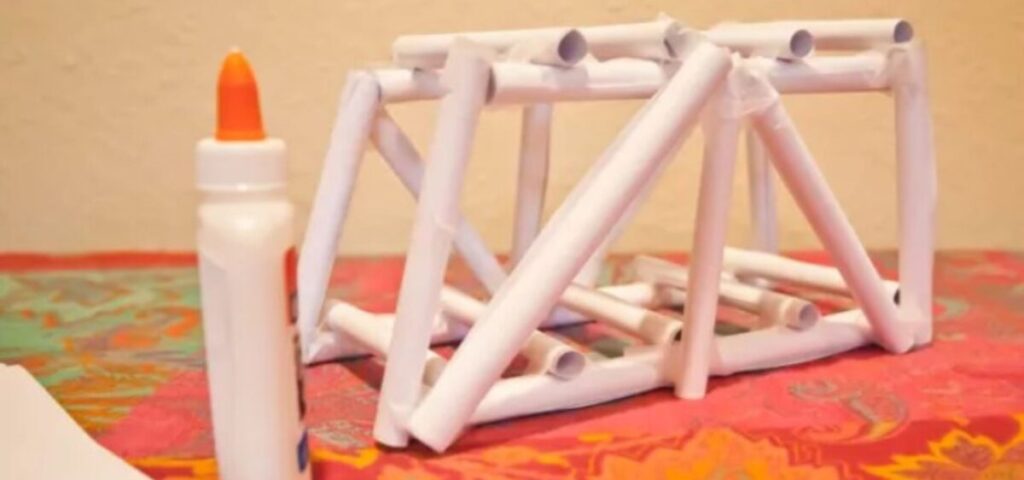
Designing and building a paper bridge is a great way to sneak in some physics lessons. It’s like a real-life game of “Will it hold?” I’ve seen bridges that could support a surprising number of toy cars and others that collapsed under the weight of a single cotton ball.
There was that memorable incident when our cat decided to test the structural integrity of our latest creation. Spoiler alert: it wasn’t cat-proof. Lesson learned: always factor in unexpected variables in your engineering projects.
54. Construct a domino rally
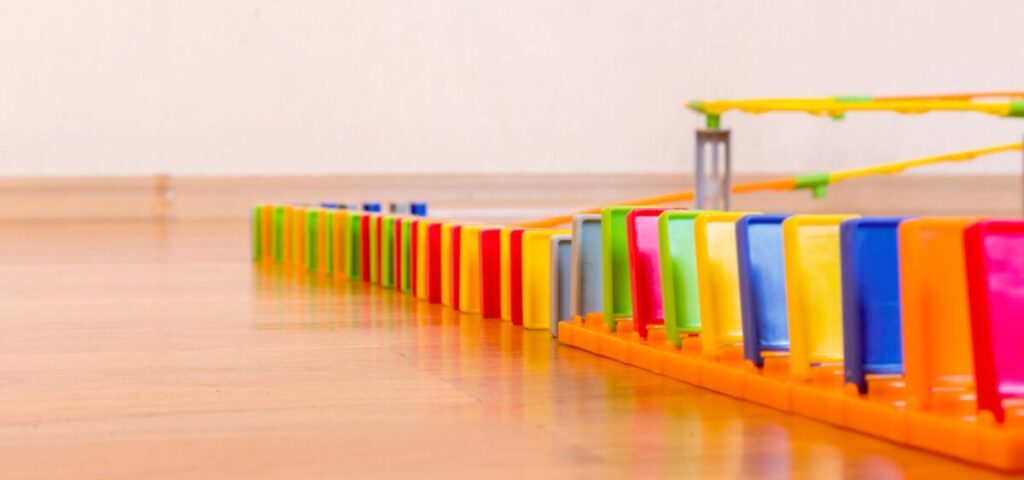
Constructing a domino rally is where patience and precision come into play. It’s all fun and games until someone breathes too hard and sends the whole thing tumbling down prematurely.
We’ve had epic rallies that snaked through multiple rooms and others that, well, never quite made it past the first turn. But you know what? The look of concentration on their faces as they carefully place each domino is priceless. And the excitement when it all comes together? Pure magic.
55. Build a rubber band-powered car
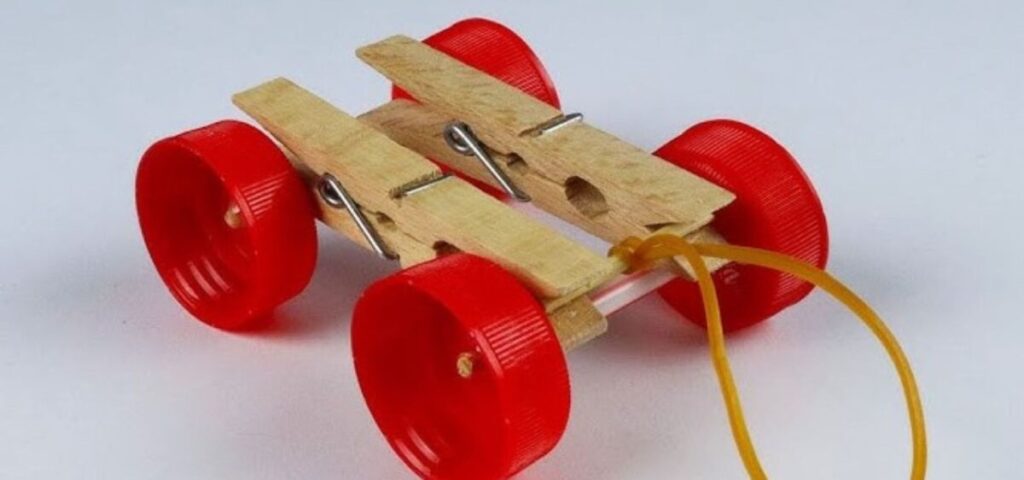
Building rubber band-powered cars has become a favorite weekend activity in our house. When we first attempted this, I thought, “How complicated can it be to slap some wheels on a cardboard box?” Oh, sweet summer child. Our first creation looked less like a car and more like a rectangle with identity issues. Check out these rubberband powered car kits
Those wonky, lopsided vehicles have provided hours of entertainment and learning. I’ve seen everything used everything from old DVD cases to empty tissue boxes for the body, and bottle caps or old CDs for wheels.
Pro tip: use straws or skewers for the axles – they provide smoother rotation than just poking holes in the cardboard.
The real fun (and challenge) comes with the rubber band engine. Getting the right tension for maximum distance is like a mini physics lesson. We’ve had cars that zoomed across the living room and others that just kind of… flopped over. But each failure is just an opportunity to problem-solve and try again.
Remember, it’s about problem-solving, creativity, and having fun in the process. So don’t stress if your toothpick tower looks more like abstract art than architecture. It’s all part of the learning process.
Grab those building materials, unleash your creativity, and let’s construct some memories. Just don’t blame me if you find yourself looking at buildings and thinking, “I bet I could make that out of popsicle sticks.” It happens to the best of us!
Indoor Sports and Games: Active Play
Alright, folks, let’s talk about turning your living room into a mini Olympic stadium! As a mom of four little energizer bunnies, I’ve learned that a little indoor sports action can be a real lifesaver on those rainy days when the kids are bouncing off the walls. So, lace up those imaginary sneakers and let’s get moving!
56. Set up indoor bowling with plastic bottles
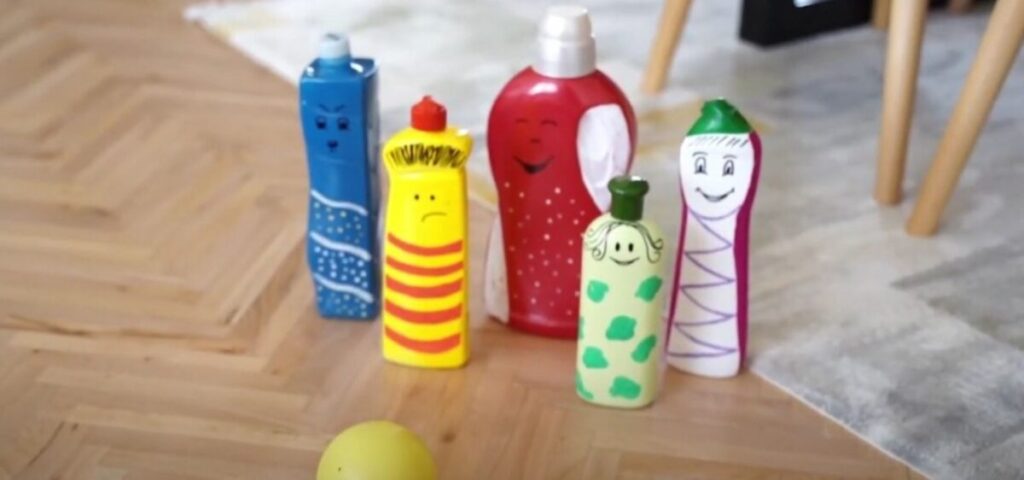
First up: indoor bowling with plastic bottles. Now, I’ll be honest, when we first tried this when I taught preschool, I thought, “How much damage can a few plastic bottles do?”
Within minutes, we had a full-blown bowling alley complete with “gutter balls” rolling under the couch and strikes that sent bottles flying into unsuspecting houseplants.
Pro tip: use partially filled water bottles for pins. They’re more stable and less likely to become projectiles in the hands of an overenthusiastic 5-year-old.
57. Play charades

Charades is another favorite in our house. We’ve acted out everything from “brushing teeth” to “riding a unicorn while eating spaghetti.”
You might find yourself trying to mime “quantum physics” because your 8-year-old thought it sounded cool. Just go with it. The confused looks on everyone’s faces are half the fun!
58. Have a Pillow Fight
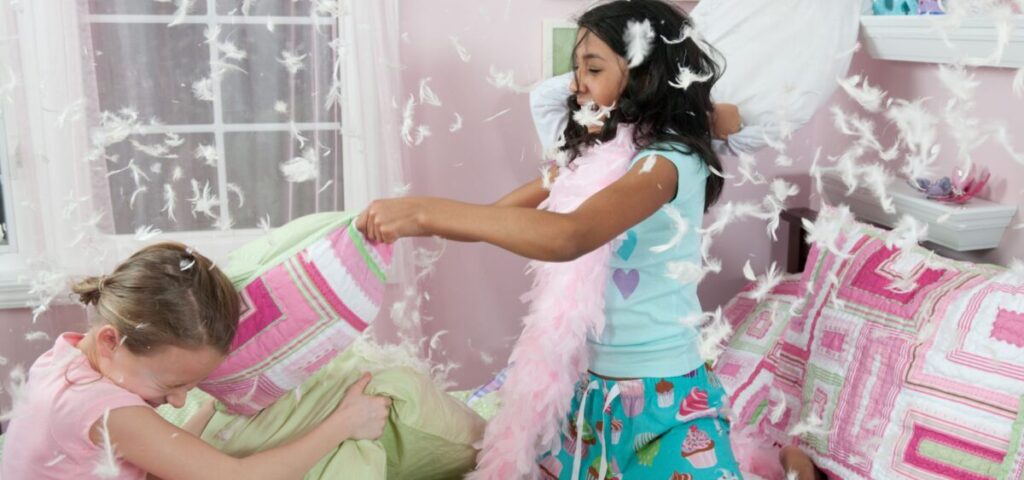
Now, let’s talk pillow fights. This classic never gets old, but boy, can it get wild. Confession: I’ve actually never had an epic pillow fight with feathers flying across the room. But a girl can dream.
Tip: establish some ground rules before the fluff starts flying. And maybe invest in some sturdy pillowcases.
59. Create an Indoor Mini-Golf Course
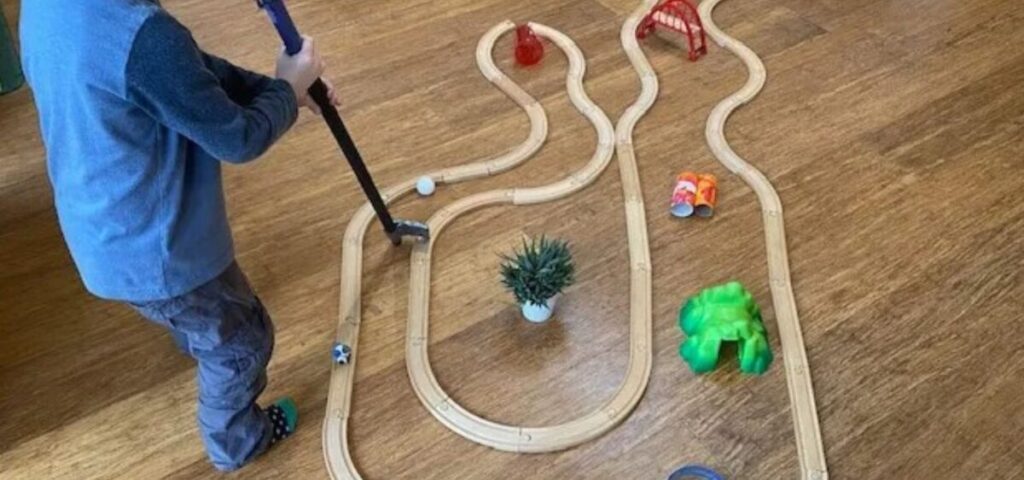
Creating an indoor mini-golf course is where things get really creative. We’ve used everything from books as obstacles to laundry baskets as holes.
One memorable course even included a “water hazard” made from a blue bowl filled with water. Just be prepared for some… creative… scoring. Apparently, in kid golf, hitting the cat counts as a hole-in-one.
60. Play Simon Says

Lastly, Simon Says. This game is a great way to sneak in some exercise and work on listening skills. Plus, it’s hilarious to watch the kids try to follow instructions like “Simon says do the chicken dance while standing on one foot.” Just don’t be surprised if you find yourself unconsciously following commands hours later. “Simon says give mom some chocolate” is my personal favorite.
Here’s a fun fact: according to the Centers for Disease Control and Prevention, children should get at least 60 minutes of physical activity every day. With these indoor games, hitting that goal is a piece of cake – even when you’re stuck inside.
Remember, the goal here isn’t to create future pro athletes (although that would be nice). It’s about burning off energy, having fun, and maybe sneaking in a little exercise while we’re at it. So don’t stress if your bowling lane is crooked or your golf course defies the laws of physics. It’s all part of the fun.
So push that furniture aside, grab those makeshift sports equipment, and let’s get moving. Just don’t blame me if you find yourself doing the chicken dance in the grocery store. It happens to the best of us!
H2: Art and Creativity: Expressive Activities
Alright, budding Picassos, let’s dive into the colorful world of art and creativity! I’ve discovered that unleashing their inner creativity can be both beautiful and hilariously messy. So, roll up those sleeves and let’s get our art on!
61. Make paper mache sculptures
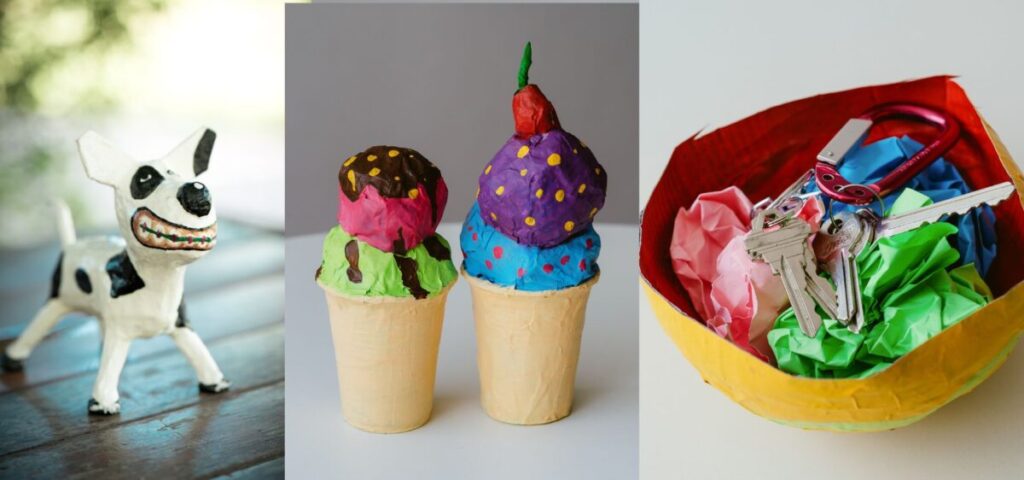
First up: paper mache sculptures. Now, I’ll admit, when we first attempted this when I taught preschool, I thought, “How hard can it be to stick some paper together?” Within minutes, our classroom looked like a papery tornado had hit it.
We’ve created everything from wonky dinosaurs to abstract blobs that were apparently “definitely not failed volcanoes, Mom!”
Pro tip: cover everything in sight with old newspapers. And I mean everything. You’d be amazed at how far paper mache paste can fly when wielded by an enthusiastic 6-year-old.
62. Create friendship bracelets
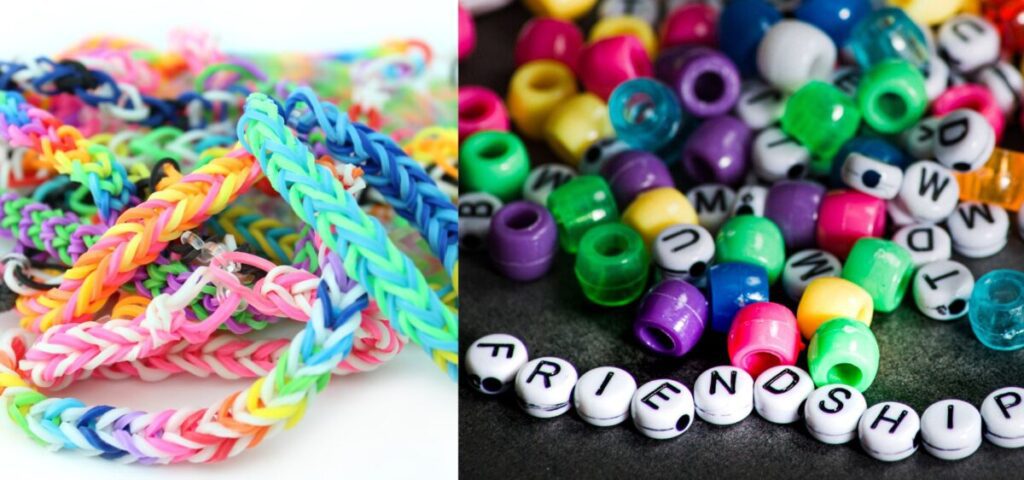
Creating friendship bracelets is another hit in our school. We’ve made enough bracelets to probably circle the globe twice. Of course, our first attempts looked less like fashionable accessories and more like tangled yarn catastrophes.
But you know what? Those messy, knotted creations are worn with more pride than any store-bought bling. Here are some fun and inexpensive friendship bracelet kits.
63. Design and color mandalas
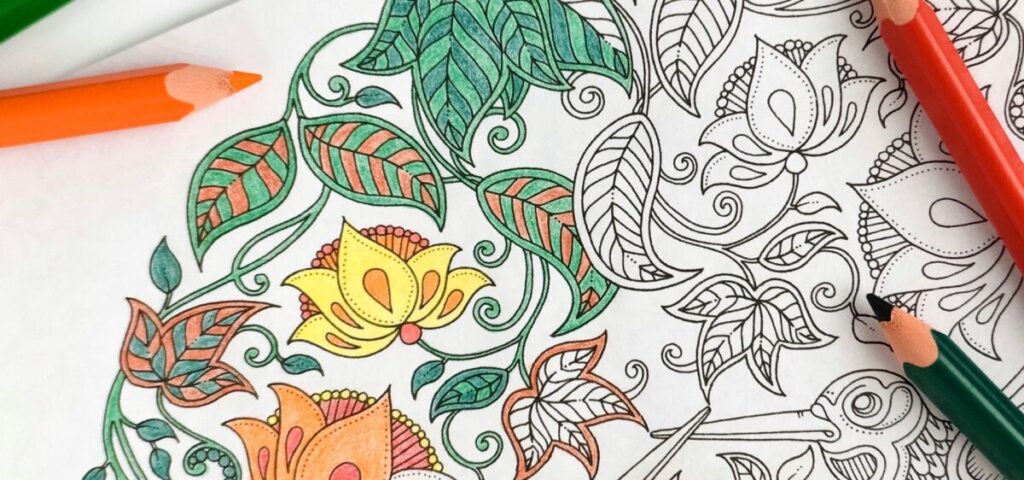
Designing and coloring mandalas is where things get really zen. It’s like meditation, but with more crayons. We’ve spent hours getting lost in the swirls and patterns.
You might find yourself absent-mindedly doodling mandalas during your next work meeting. It’s surprisingly addictive! Here are some fun mandala coloring books for kids
64. Make collages from old magazines
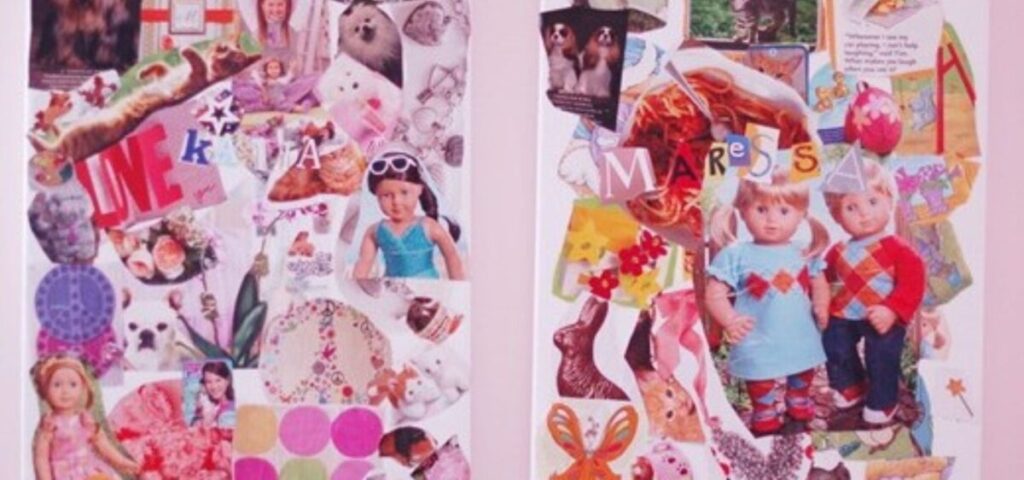
Making collages from old magazines is a great way to recycle and create art at the same time. We’ve made everything from dream boards to “what I want to be when I grow up” posters.
There was that memorable collage about space that somehow included a picture of a taco. Because apparently, astronauts need Taco Tuesday too. Who knew?
65. Paint with watercolors
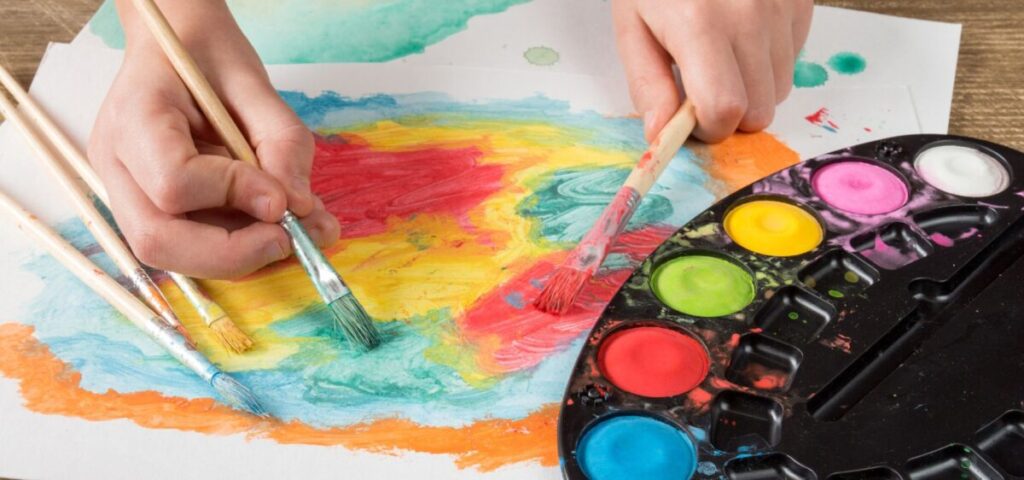
Lastly, painting with watercolors. Oh boy, this one’s a real adventure. We’ve created masterpieces that range from “abstract sunset” to “is that a horse or a cloud?”
Here’s an interesting tidbit: according to the American Art Therapy Association, engaging in art activities can help reduce stress and improve cognitive functions. So not only are we creating beautiful (or at least interesting) art, but we’re also giving our brains a healthy workout!
Remember, the goal here isn’t to create museum-worthy pieces (although that would be nice). It’s about expressing yourself, exploring different mediums, and having fun in the process. So don’t stress if your paper mache sculpture looks more like a lumpy asteroid than a cute animal. It’s all part of the creative journey.
Grab those art supplies, unleash your imagination, and let’s make some colorful memories. Just don’t blame me if you find yourself critically analyzing finger paintings at your next dinner party. It happens to the best of us!
Educational Exploration: Learning Made Fun
Let me tell you, turning your living room into a mini-university can be a real hoot! I’ve learned that making education fun is the secret sauce to keeping those young minds engaged. So, grab your thinking caps, and let’s dive into the world of fun learning!
66. Learn basic coding with online resources
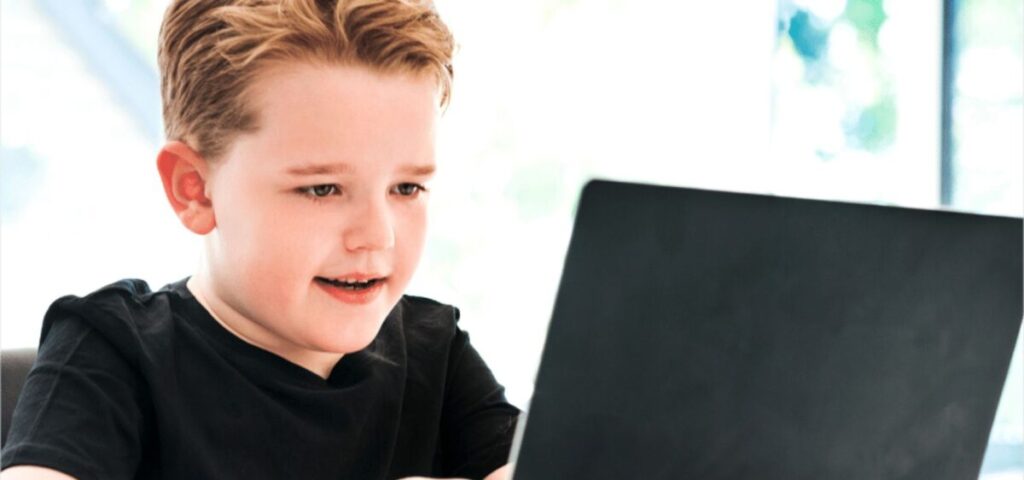
First up: basic coding with online resources. Now, when I first heard about teaching kids to code, I thought, “Isn’t that something only tech wizards do?”
Boy, was I in for a surprise! We started with Scratch, a free programming language for kids, and before I knew it, my 8-year-old was creating games that would give Minecraft a run for its money.
Pro tip: start with drag-and-drop coding languages. They’re like LEGO for the digital world – fun, colorful, and way less intimidating than a screen full of text.
67. Explore virtual museum tours

Virtual museum tours have been a game-changer in our house. We’ve “visited” the Louvre, the Smithsonian, and even took a trip to Mars courtesy of NASA’s virtual tour.
You might find yourself trying to reach out and actually try to touch the Mona Lisa or pick up a moon rock as a souvenir. The struggle is real, folks.
68. Practice a new language with language learning apps

Learning a new language with apps has been… interesting, to say the least. We’ve been working on Spanish, and trying to order tacos during our trip to Cancun resulted in some very confused looks.
But you know what? Those giggles and mispronunciations are all part of the learning process. Poco a poco, as they say!
69. Create a family tree
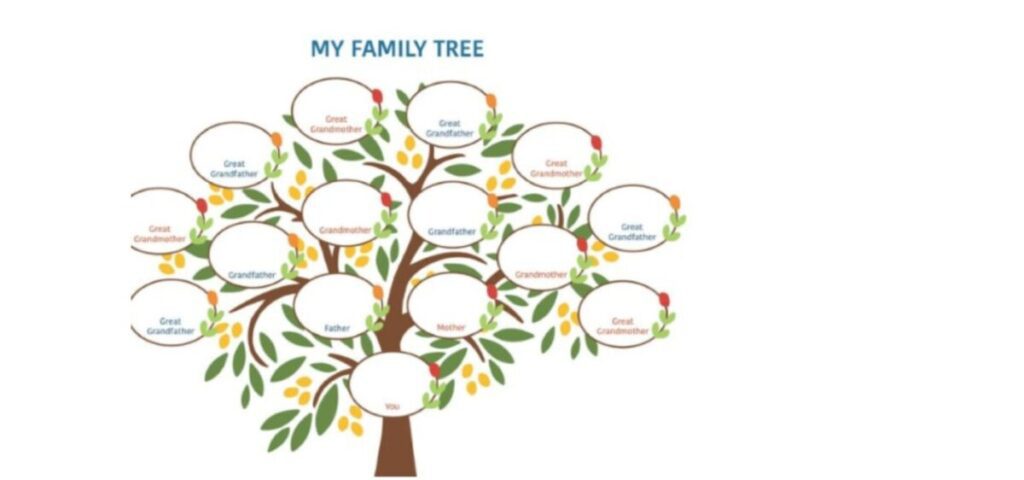
Creating a family tree was like embarking on a time-traveling adventure. We went to familysearch.org and looked up old photos, called grandparents for stories, and even discovered a long-lost cousin.
Just be prepared for some… creative… interpretations of family relationships. According to my 5-year-old, our cat is definitely her sister from another mister. Check out these fun Family Tree posters to add picture of your family.
70. Learn about different cultures through online resources
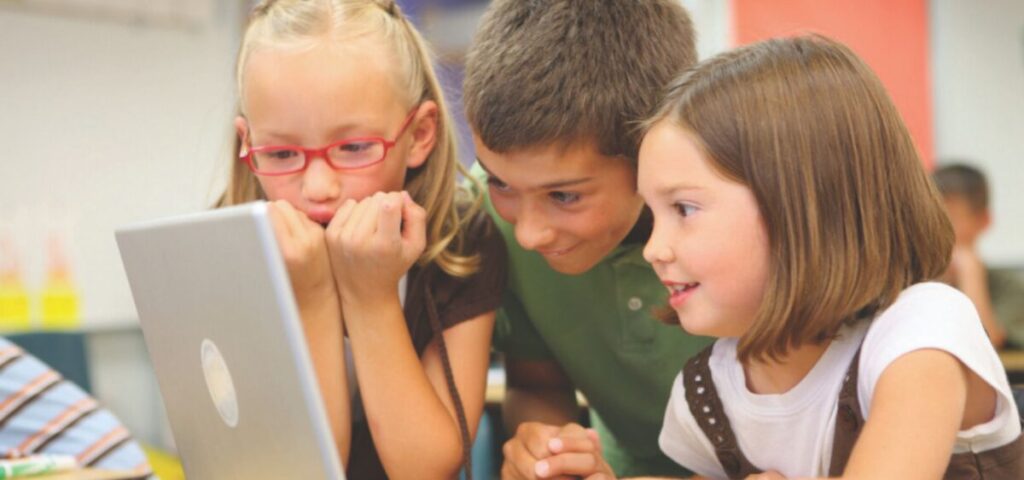
Lastly, learning about different cultures through online resources has opened up a whole new world for us. We’ve had virtual art, and watched traditional dance performances.
Here’s a fun fact: according to a study by MIT, children who engage in computational thinking activities like coding show improved cognitive skills across various subjects. So not only are we having a blast, but we’re also giving those little brains a serious workout!
Remember, the goal here isn’t to create mini-professors (although that would be cool). It’s about sparking curiosity, fostering a love for learning, and maybe learning a thing or two ourselves along the way.
So don’t stress if your kid’s first coding project is more “modern art” than “next big app.” It’s all part of the journey. Fire up those computers, unleash your curiosity, and let’s embark on some educational adventures.
Sensory Play: Engaging the Senses
Alright, sensory explorers, let’s dive into the touchy-feely world of sensory play! I’ve discovered that engaging the senses can be both incredibly beneficial and hilariously messy. So, roll up those sleeves and let’s get our senses tingling!
71. Make a sensory bin with rice or beans
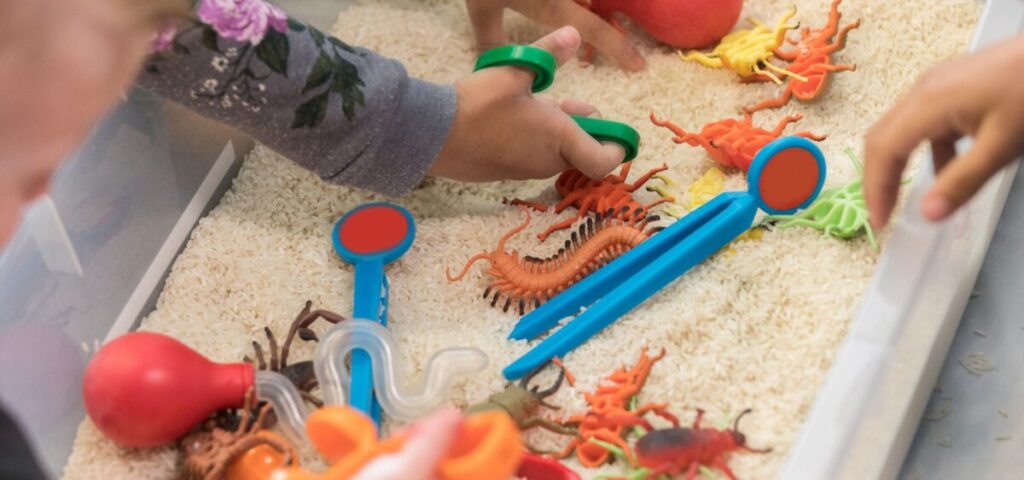
First up: making a sensory bin with rice or beans. We’ve buried treasure, searched for dinosaur bones, and even created a mini beach, all in our trusty plastic tub.
Pro tip: set up your sensory bin on a large sheet or tablecloth. It makes cleanup a breeze and doubles as a picnic spot for impromptu snack breaks.
72. Create scented playdough
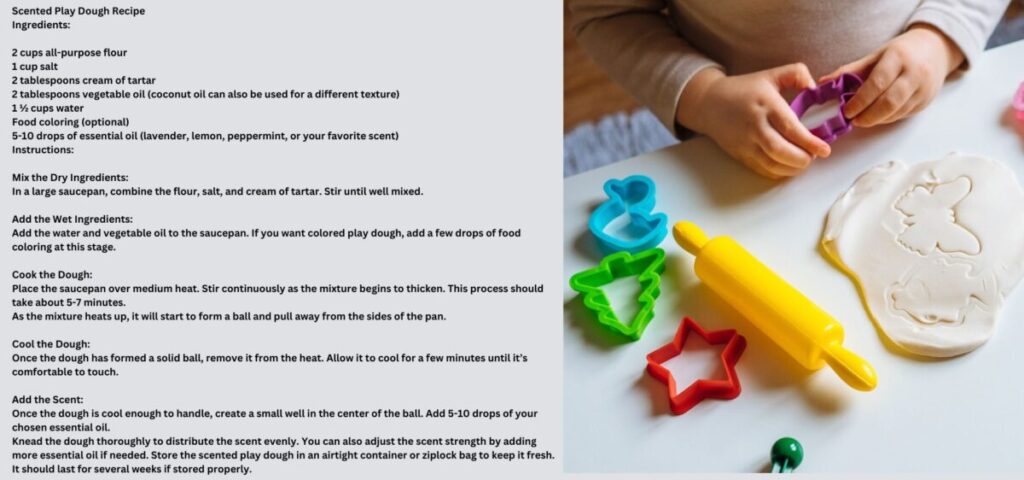
Creating scented playdough is where things get really fun (and fragrant). We’ve made everything from lavender-scented “relaxation dough” to peppermint “Christmas dough.” Those wonky-smelling creations are played with just as much as the perfect batches.
73. Play with kinetic sand
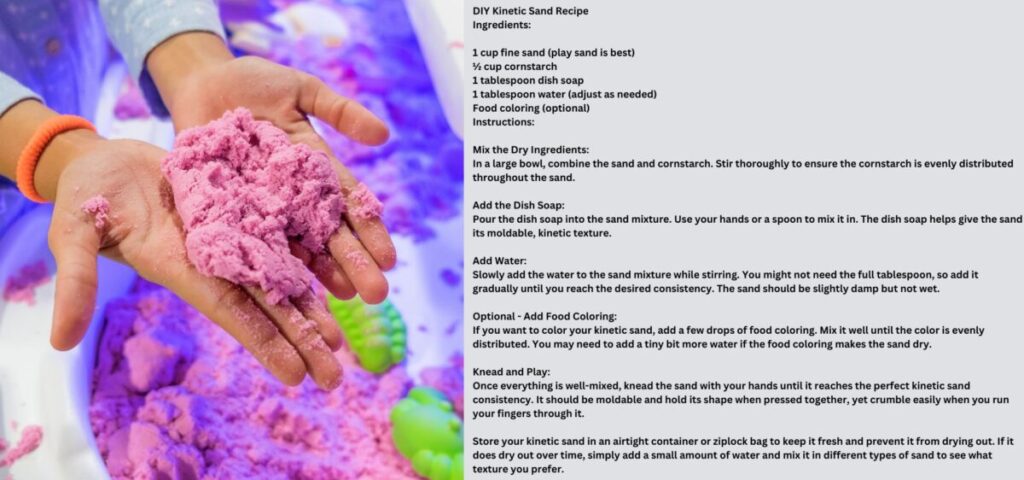
Playing with kinetic sand is like having a mini-beach right in your living room, minus the sunburn and seagulls trying to steal your snacks.
We’ve loved the feeling of kinetic sand in our fingers. It’s so therapeutic! You might find yourself absent-mindedly squishing kinetic sand during your next Zoom meeting. It’s surprisingly addictive!
74. Make a touch-and-feel book
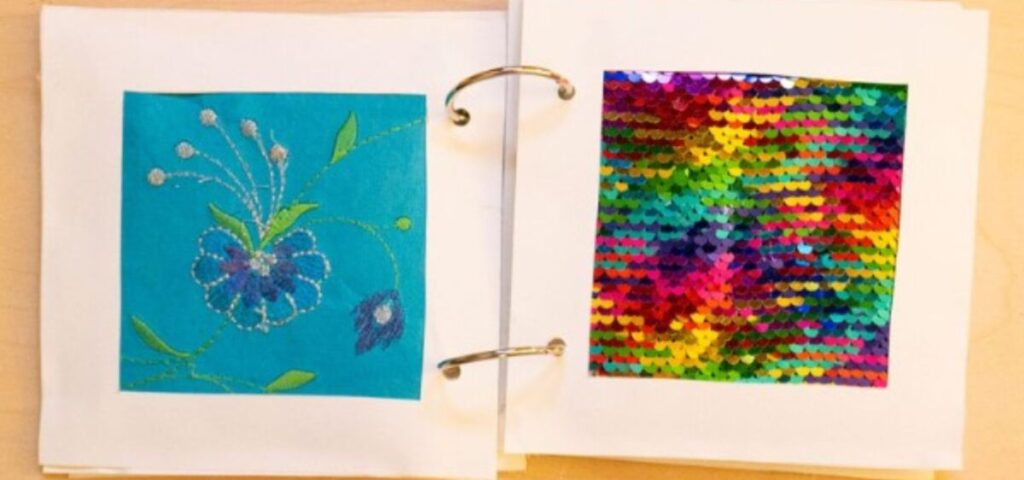
Making a touch-and-feel book was a real adventure in texture hunting. We’ve glued everything from feathers to sandpaper onto cardboard pages. There was that memorable page that was supposed to be “smooth like a pebble” but ended up feeling more like a sticky, glue-covered mess.
Tip: Let each page dry completely before moving on to the next one. Patience is a virtue, especially in the world of DIY sensory books.
75. Create a sensory walk with different textures
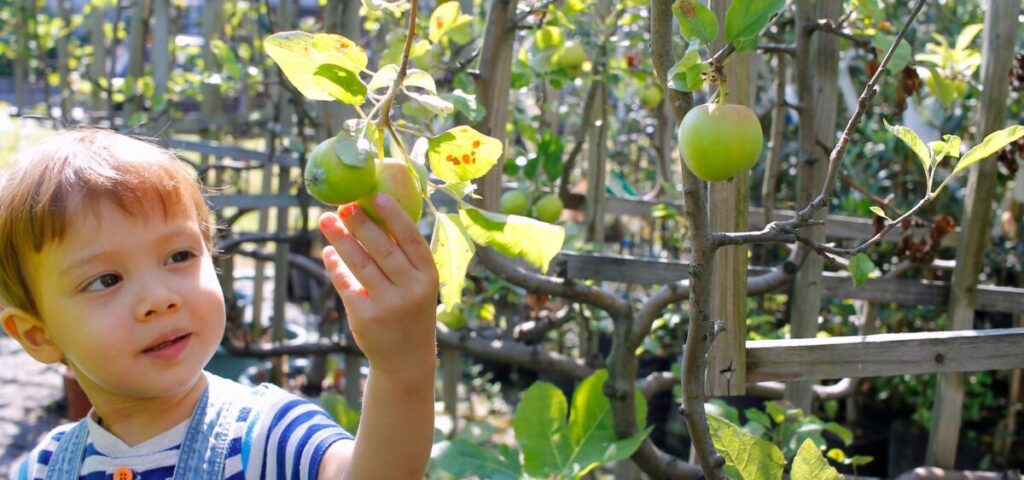
Lastly, creating a sensory walk with different textures. It is so fun for kids to walk around the house feeling their way through a sensory of adventure. The feeling of a soft stuffed animal to the roughness of a kitchen cleaning brush.
Then outside, discovering different textures from wood fences to rose petals. It’s a good excuse to actually stop and smell the roses.
Here’s an interesting tidbit: according to the American Academy of Pediatrics, sensory play is crucial for brain development in children. It helps build nerve connections in the brain’s pathways, which leads to the child’s ability to complete more complex learning tasks. So not only are we having a ton of fun, but we’re also giving those little brains a serious workout!
Remember, the goal here isn’t to create a mess-free, Pinterest-perfect sensory experience. It’s about exploring different textures, smells, and sensations, and having fun in the process. So don’t stress if your kinetic sand sculpture looks more like a blob than a masterpiece. It’s all about the sensory journey.
Grab those materials, unleash your imagination, and let’s engage those senses. Just don’t blame me if you find yourself compulsively touching every texture in the grocery store. It happens to the best of us!
Conclusion for 75 Fantastic Fun Indoor Activities for Kids at Home!
What an adventure we’ve had exploring these 75 fantastic indoor activities for kids! From crafting masterpieces to conducting mind-blowing science experiments, there’s no shortage of fun to be had right at home.
Remember, the key to keeping your little ones engaged is variety and enthusiasm. So, why not start with one of these activities today? Your kids will thank you for the endless entertainment, and you might just rediscover your own inner child in the process.
Don’t let being indoors hold you back – let your imagination run wild and create unforgettable memories with your children. Now, go forth and conquer boredom!
GET FREE ACCESS TO OUR LIBRARY OF FREE PRINTABLES AND RESOURCES!
Enter Your Name and Email for FREE Access to our Library of FREE Home and Family Printables Series!
